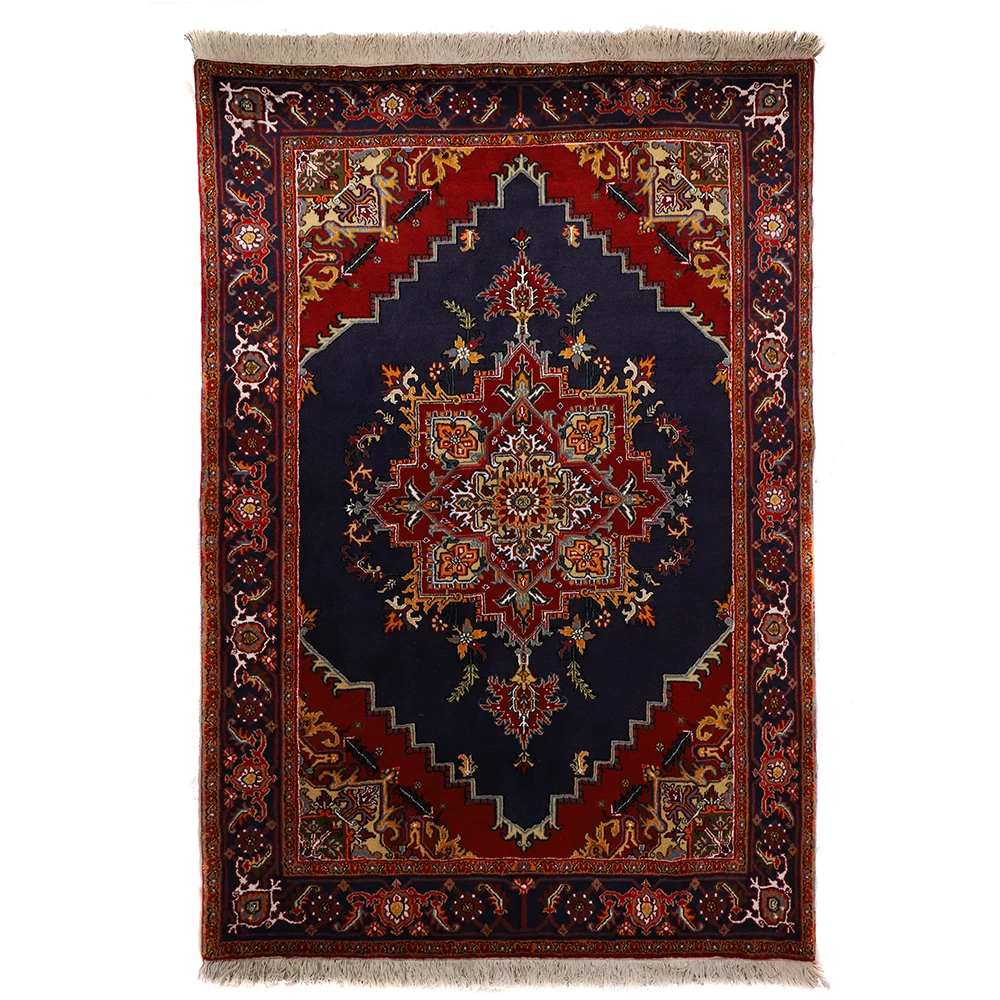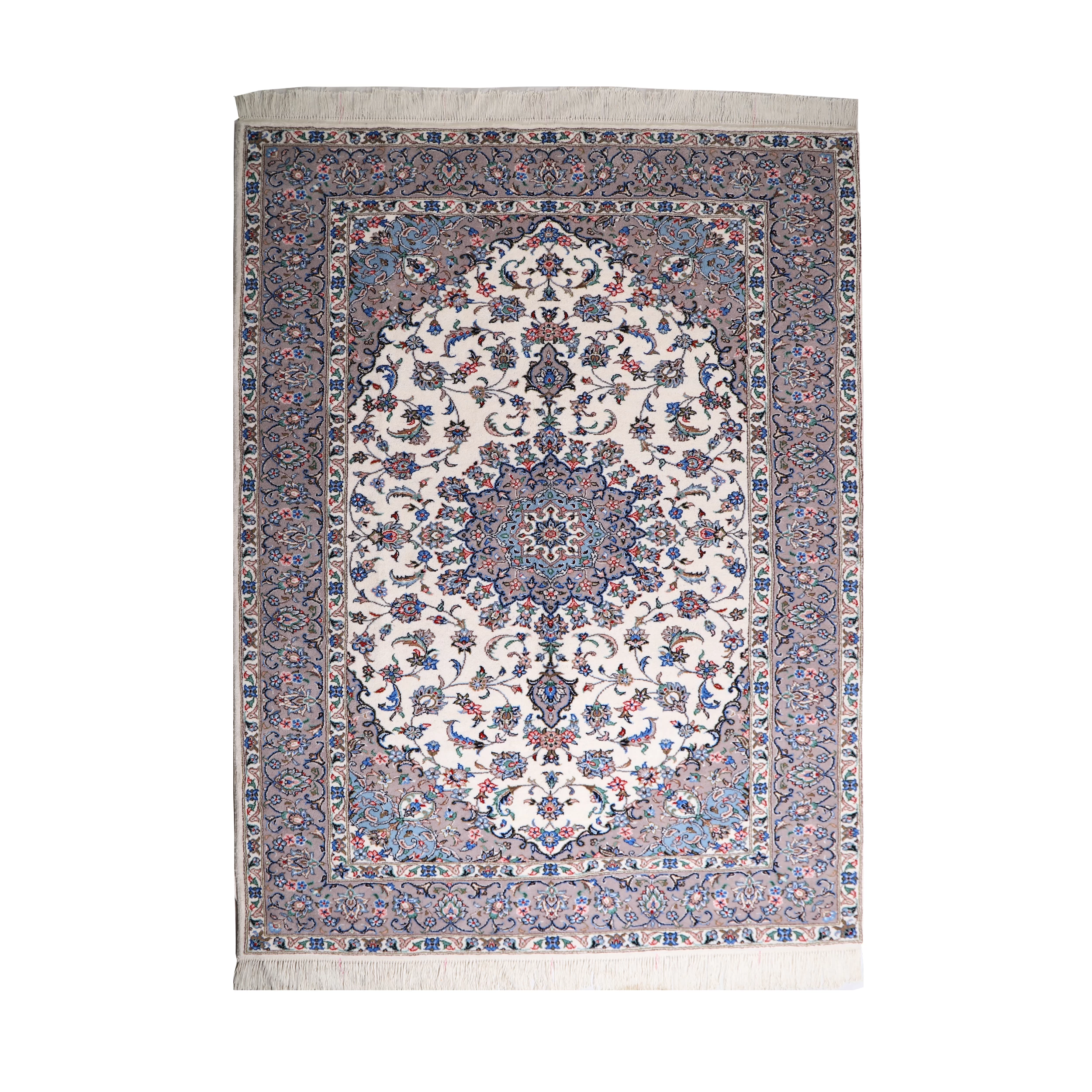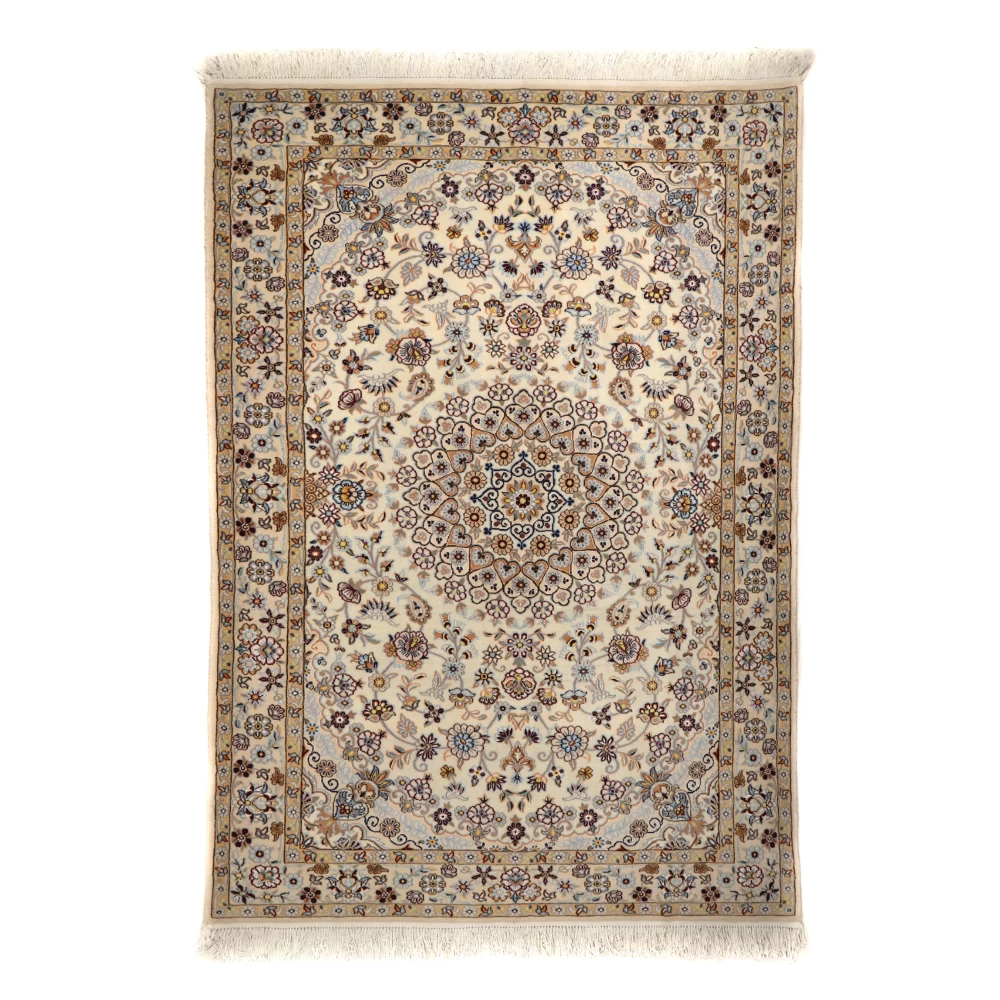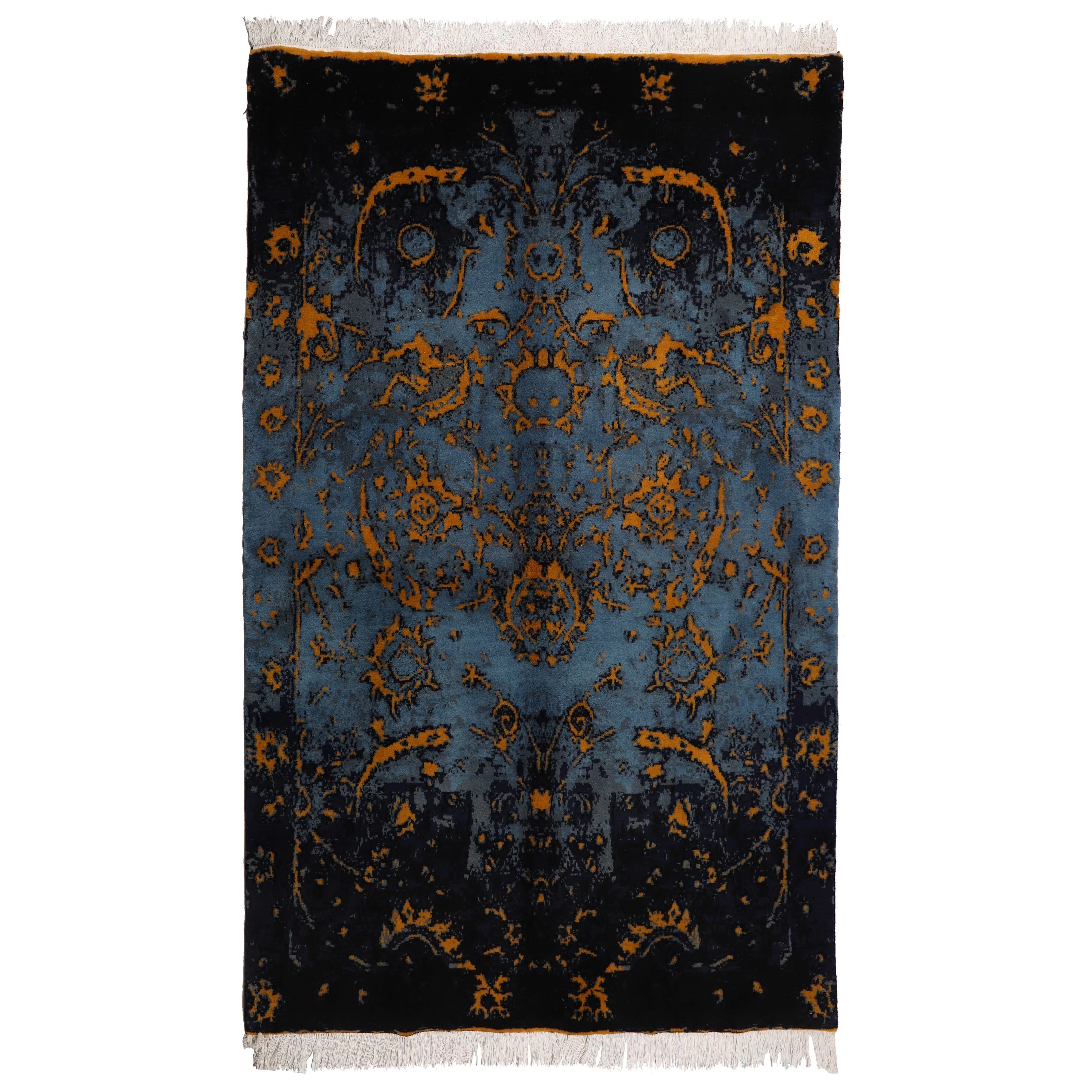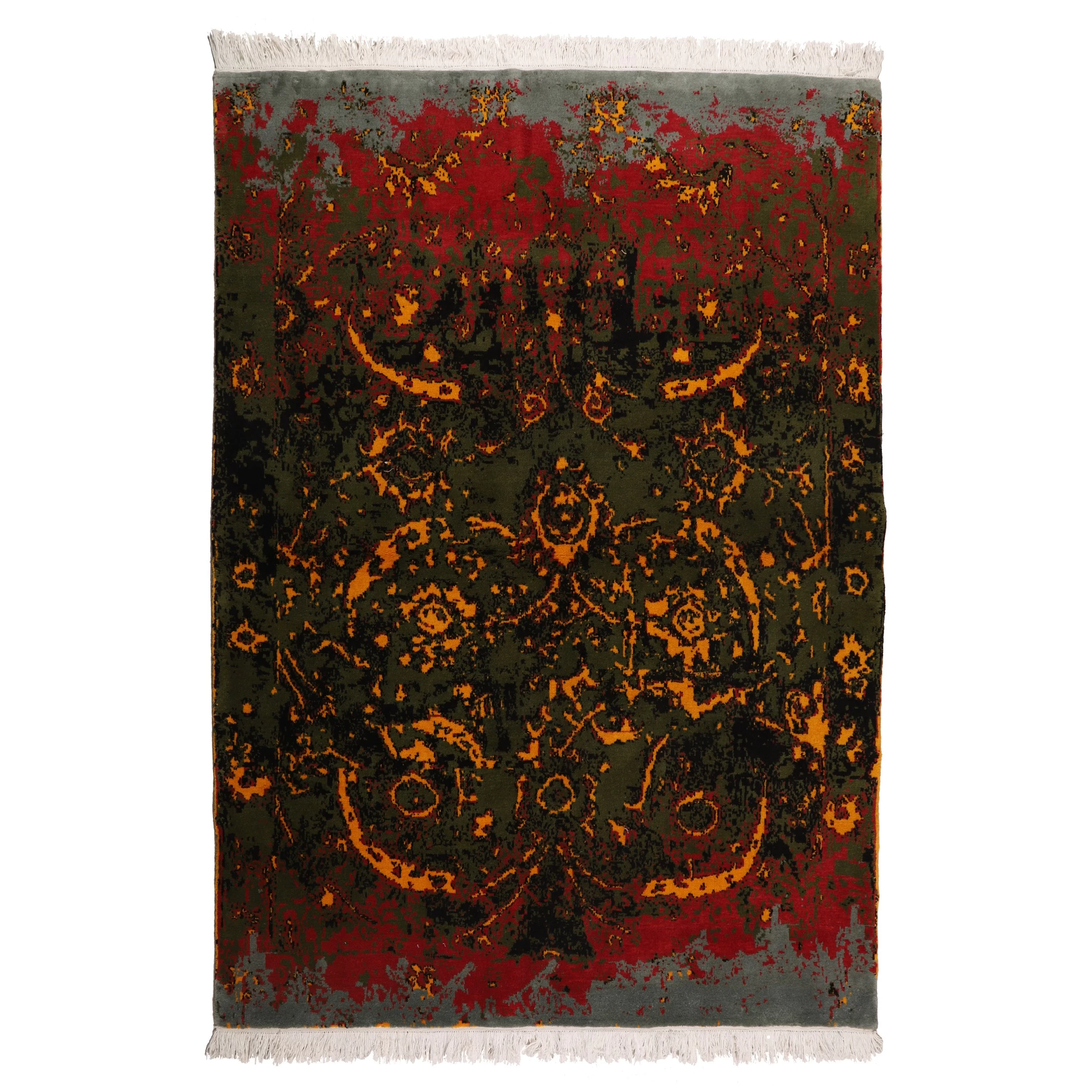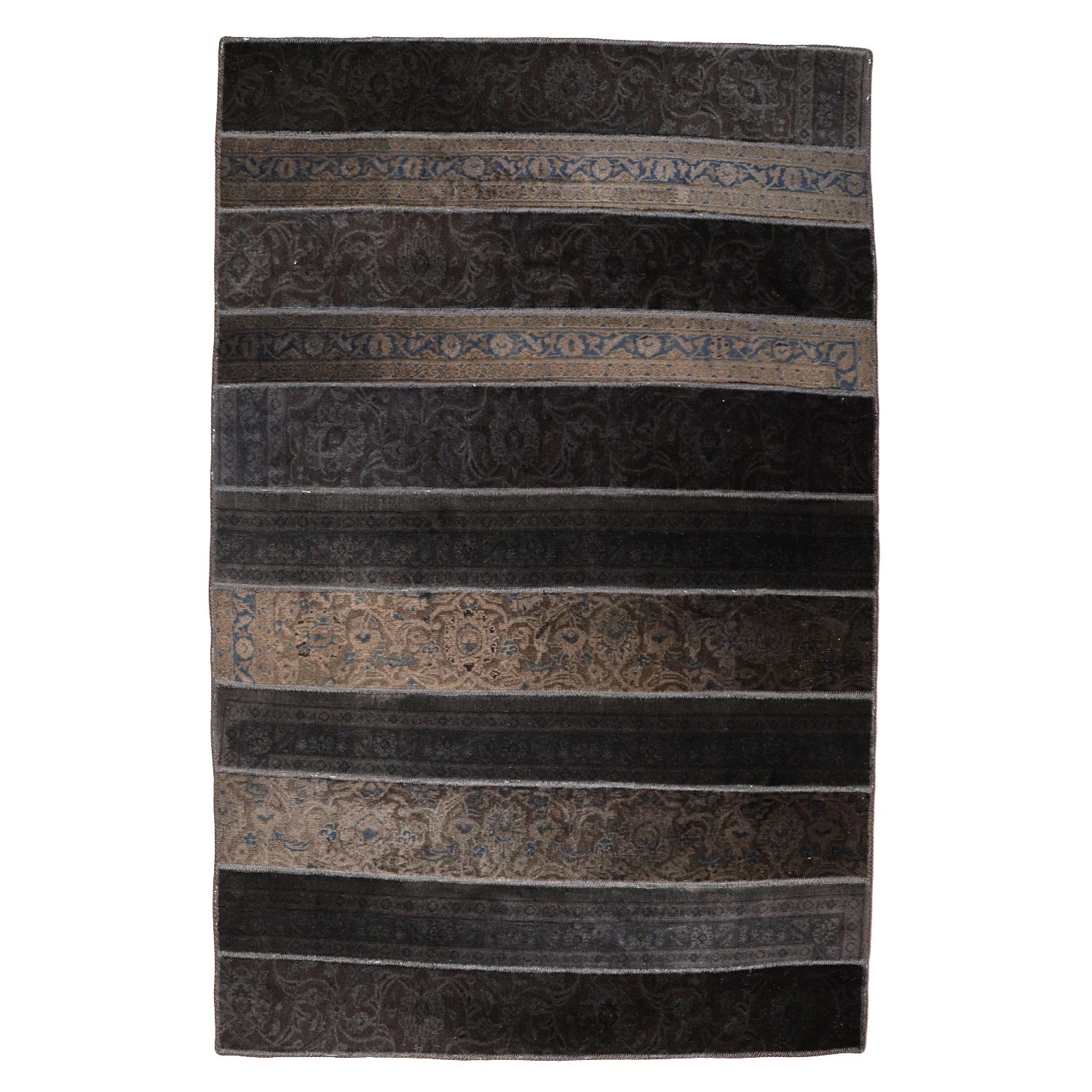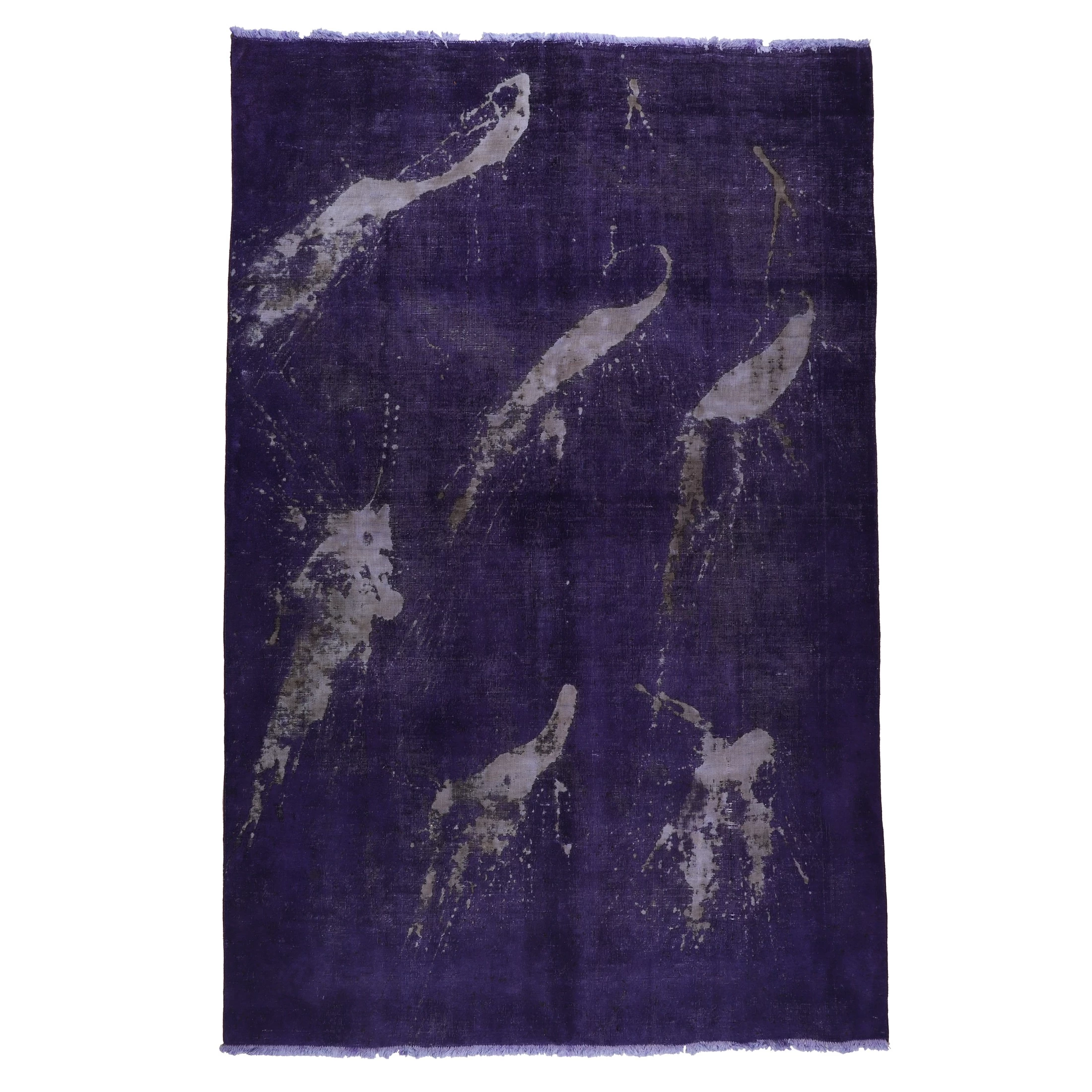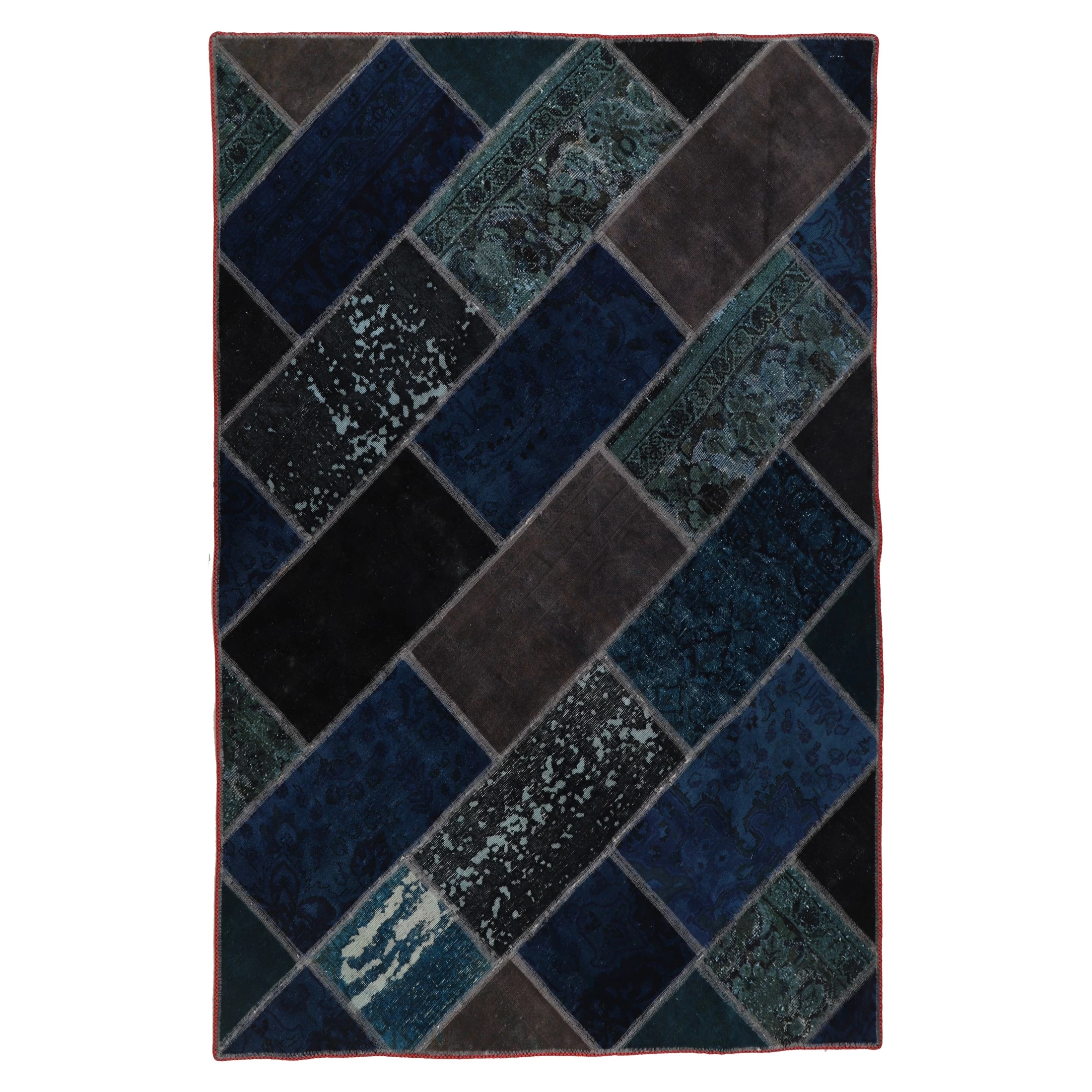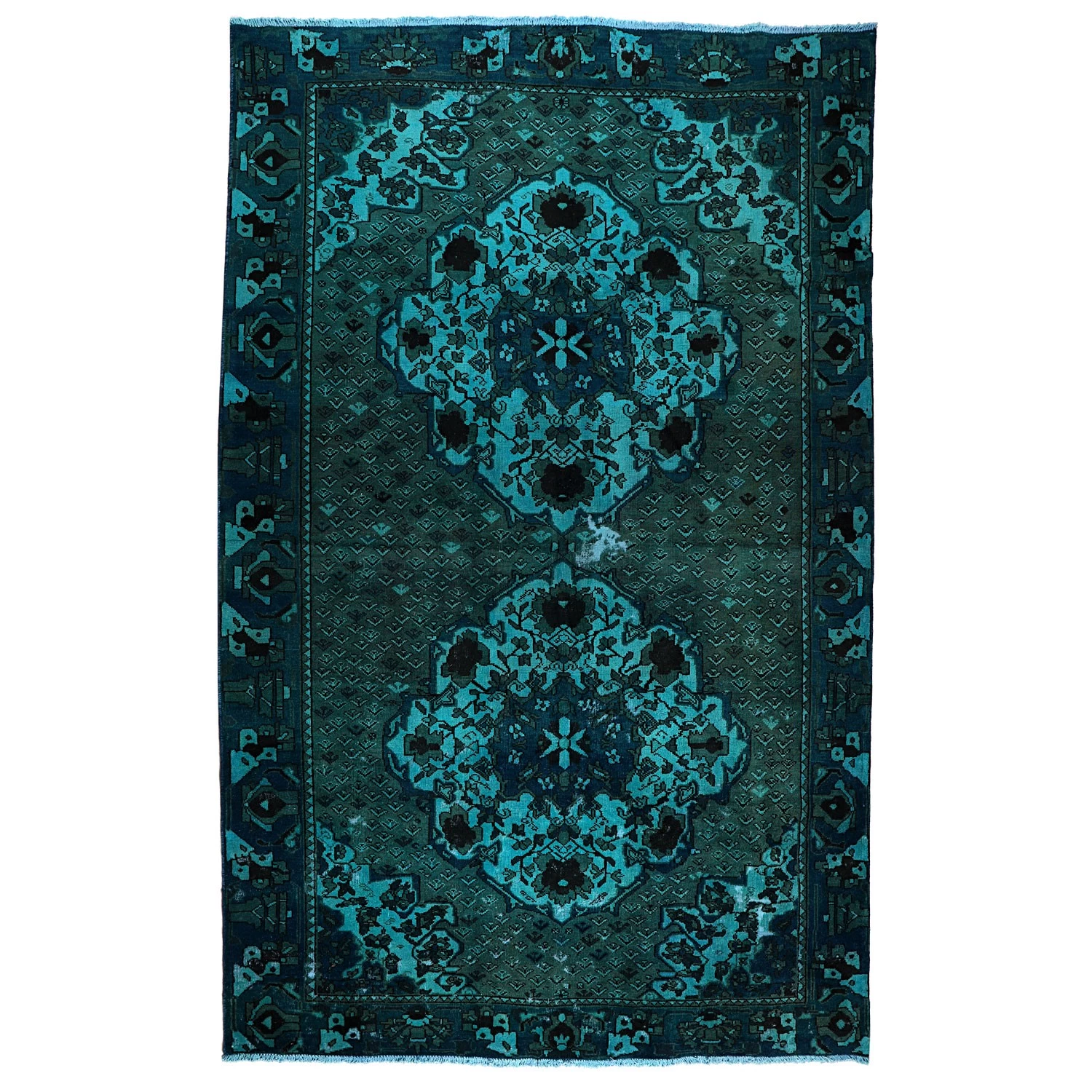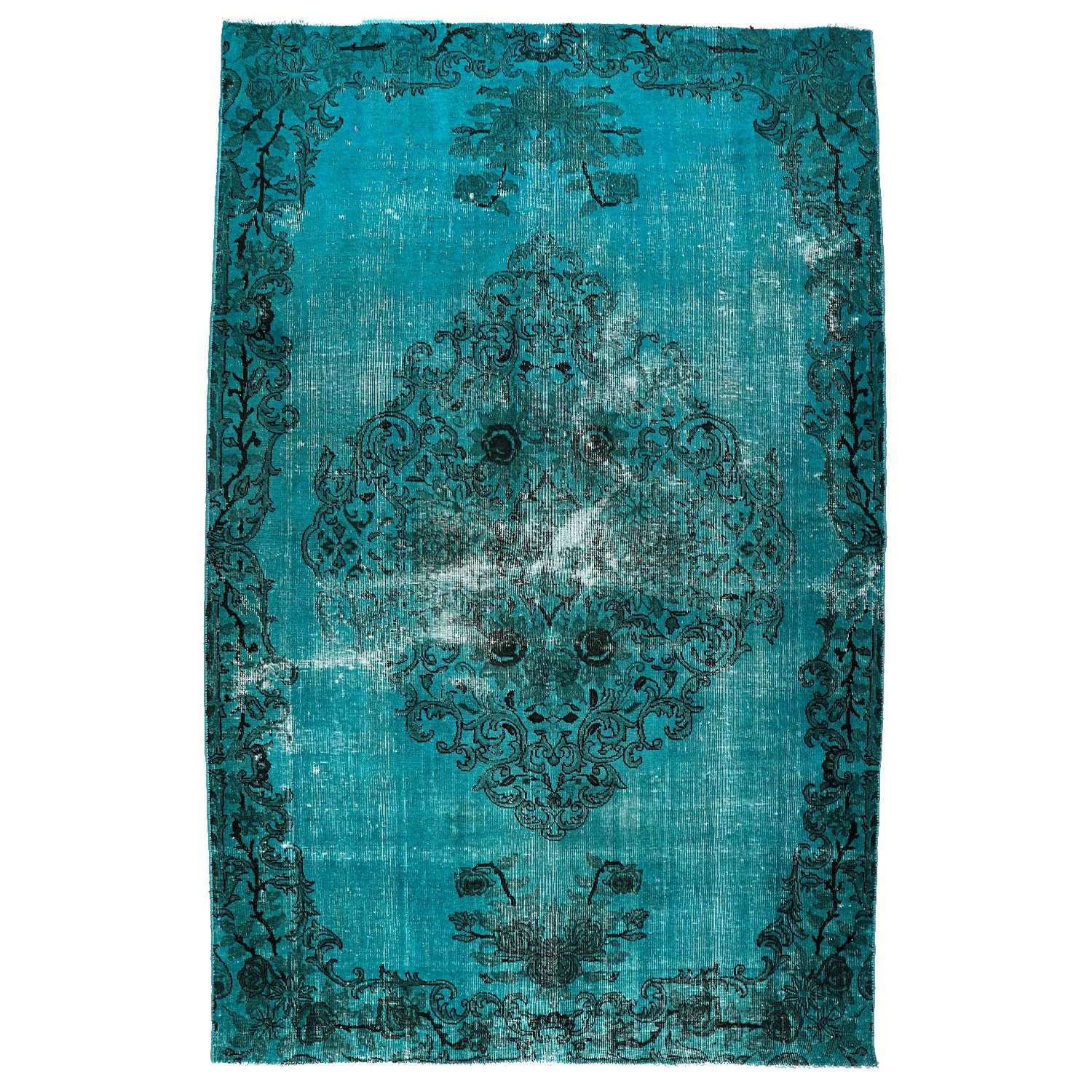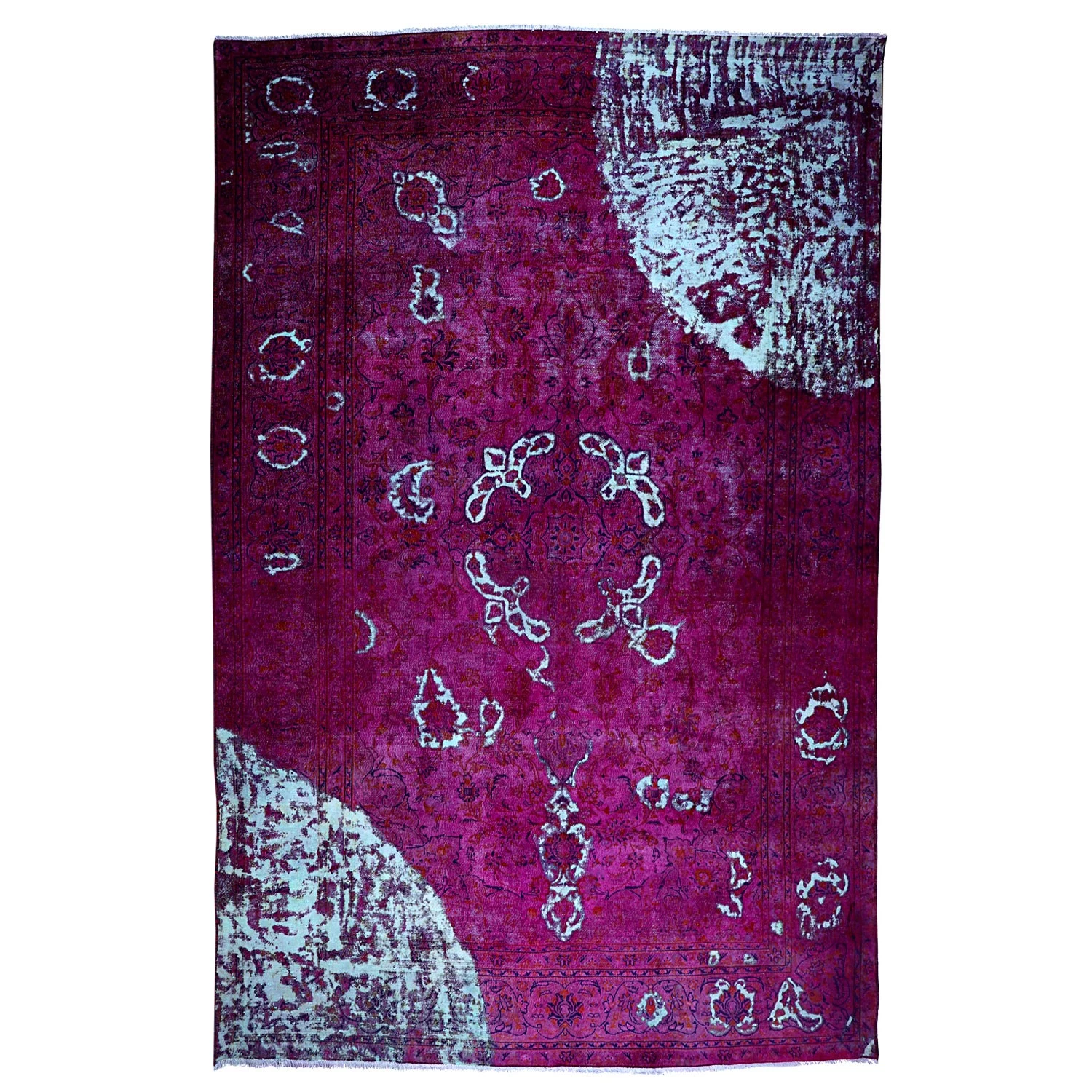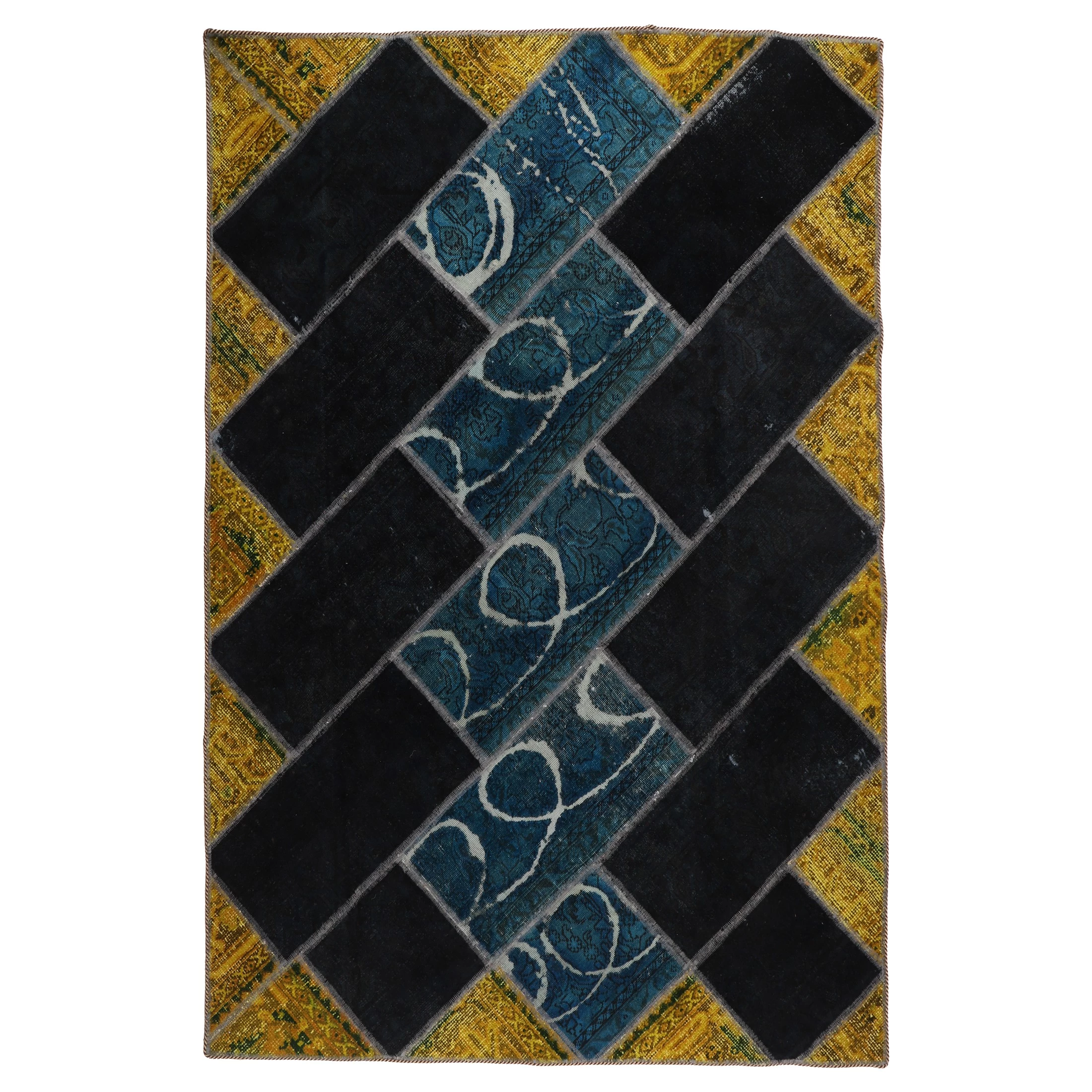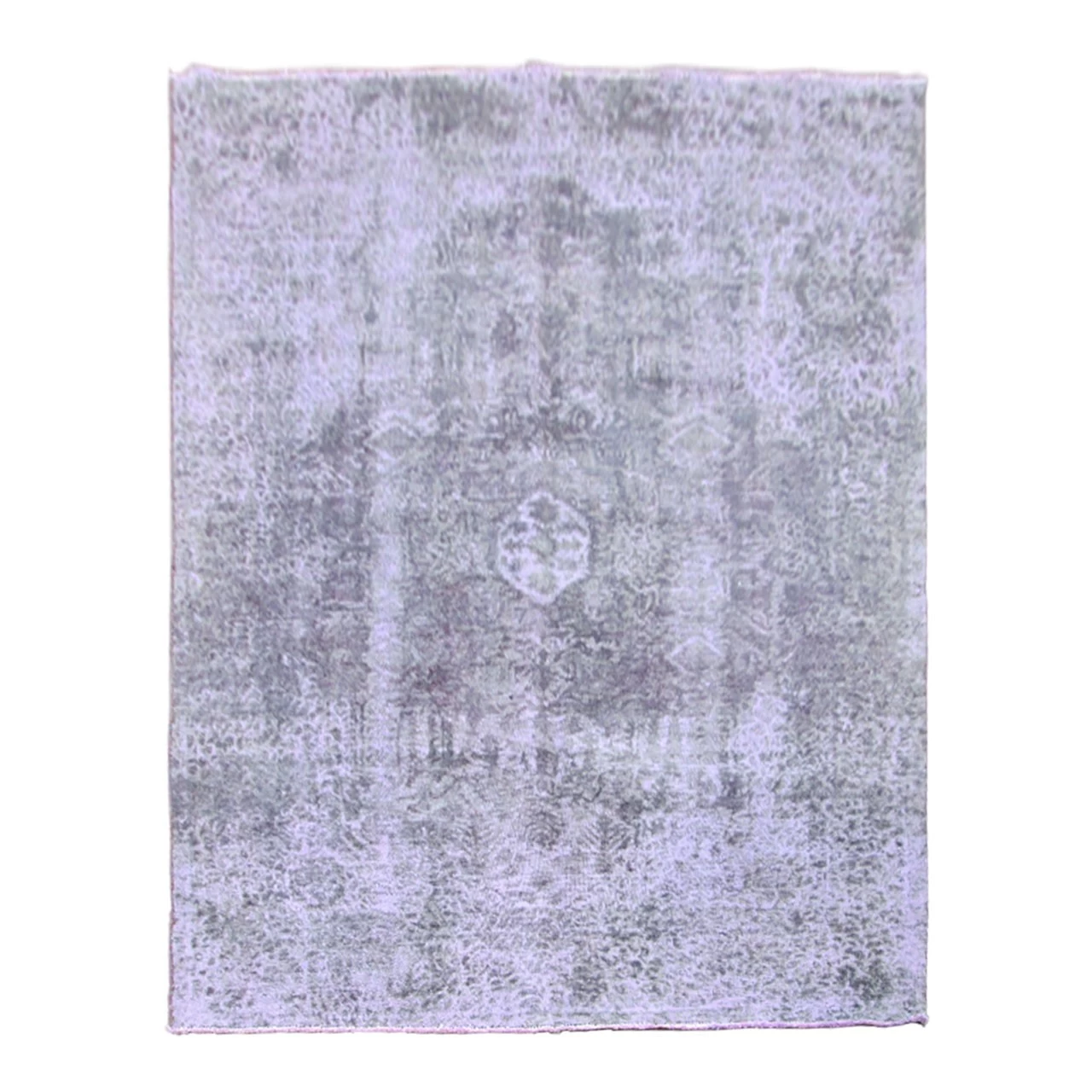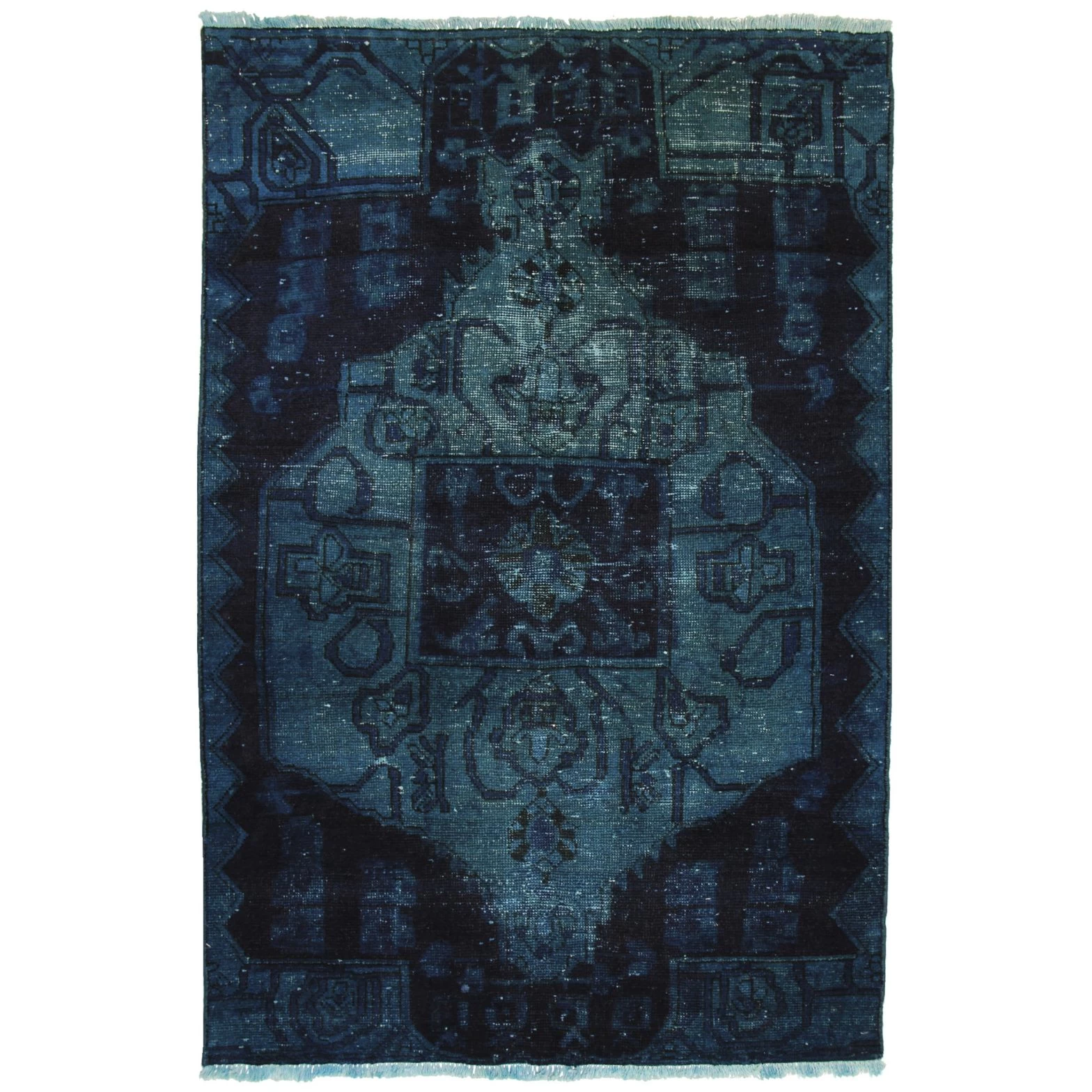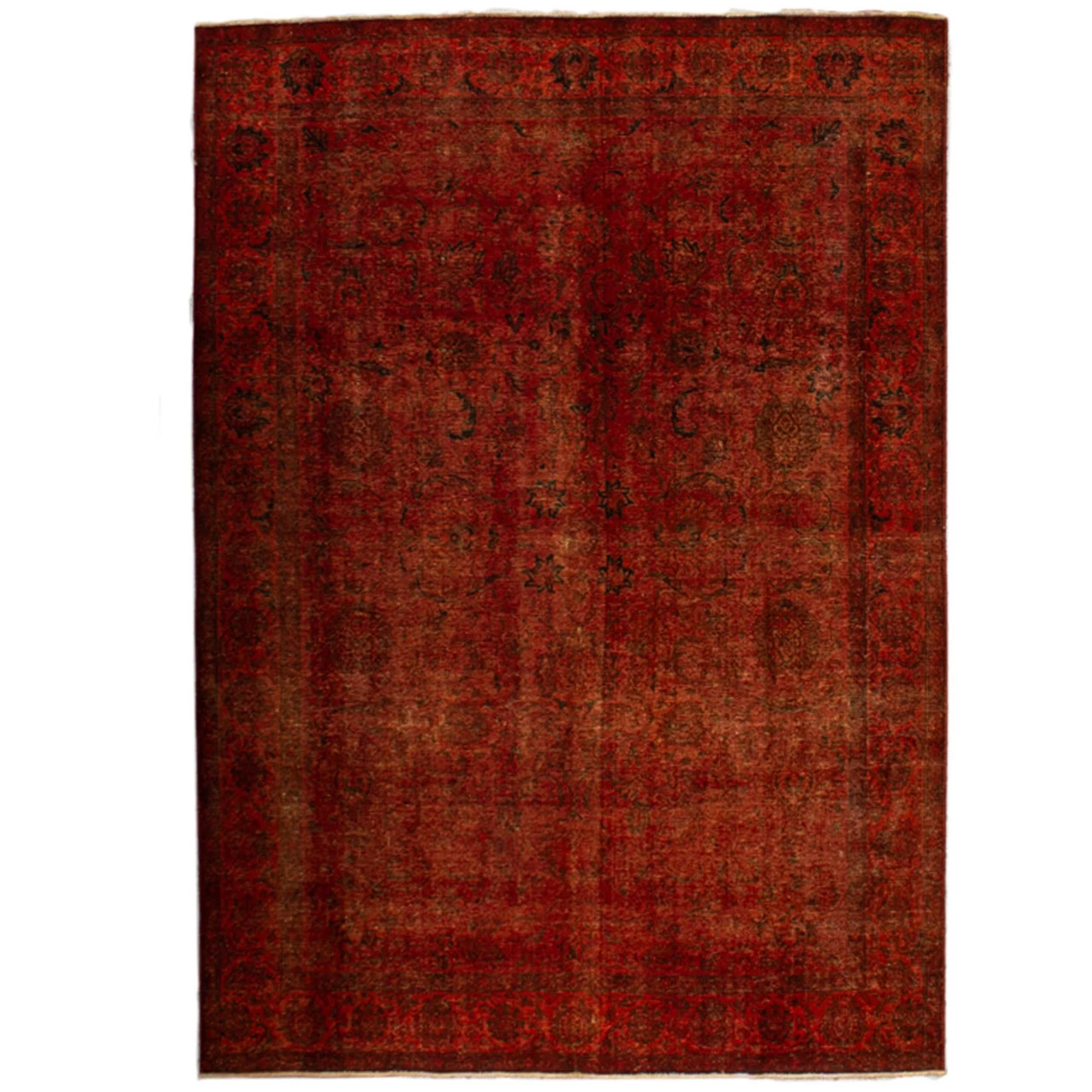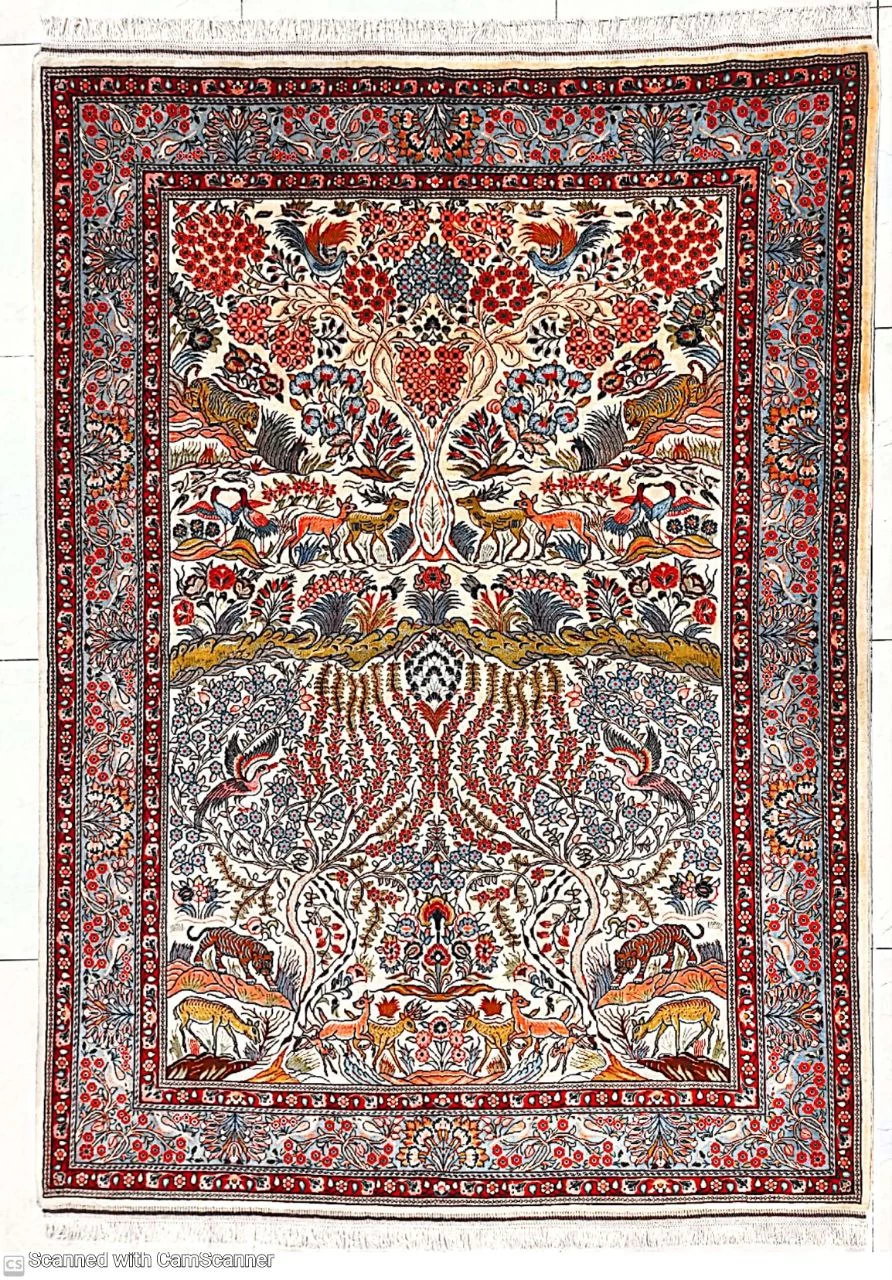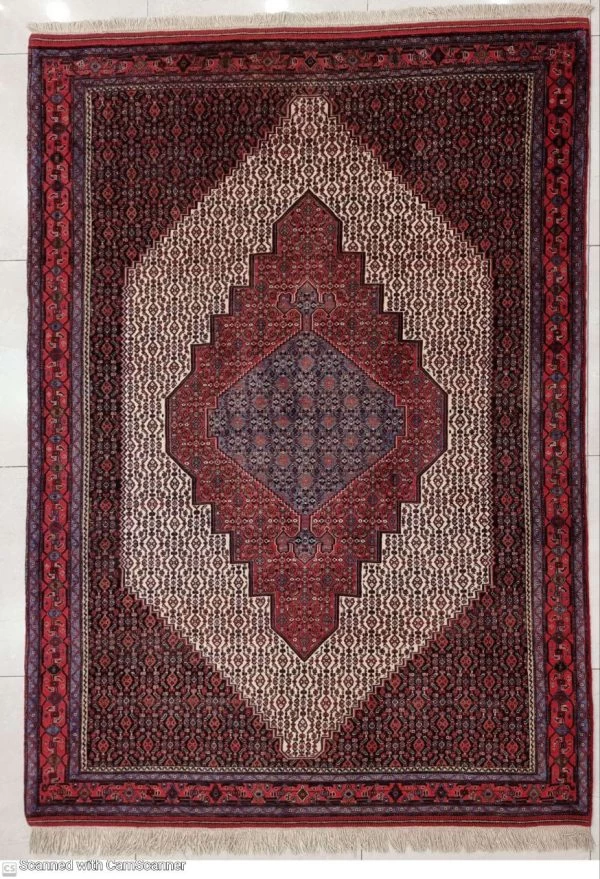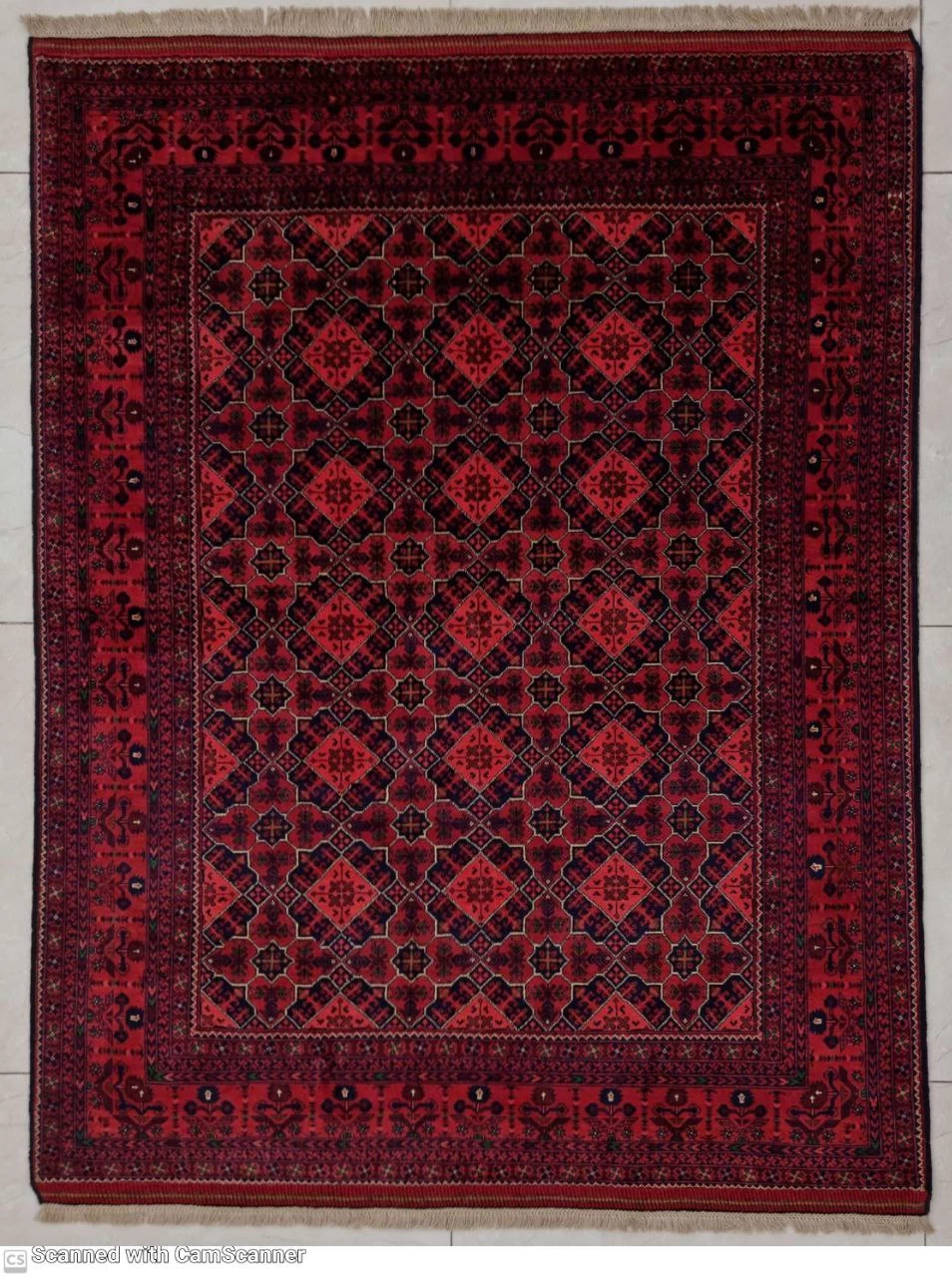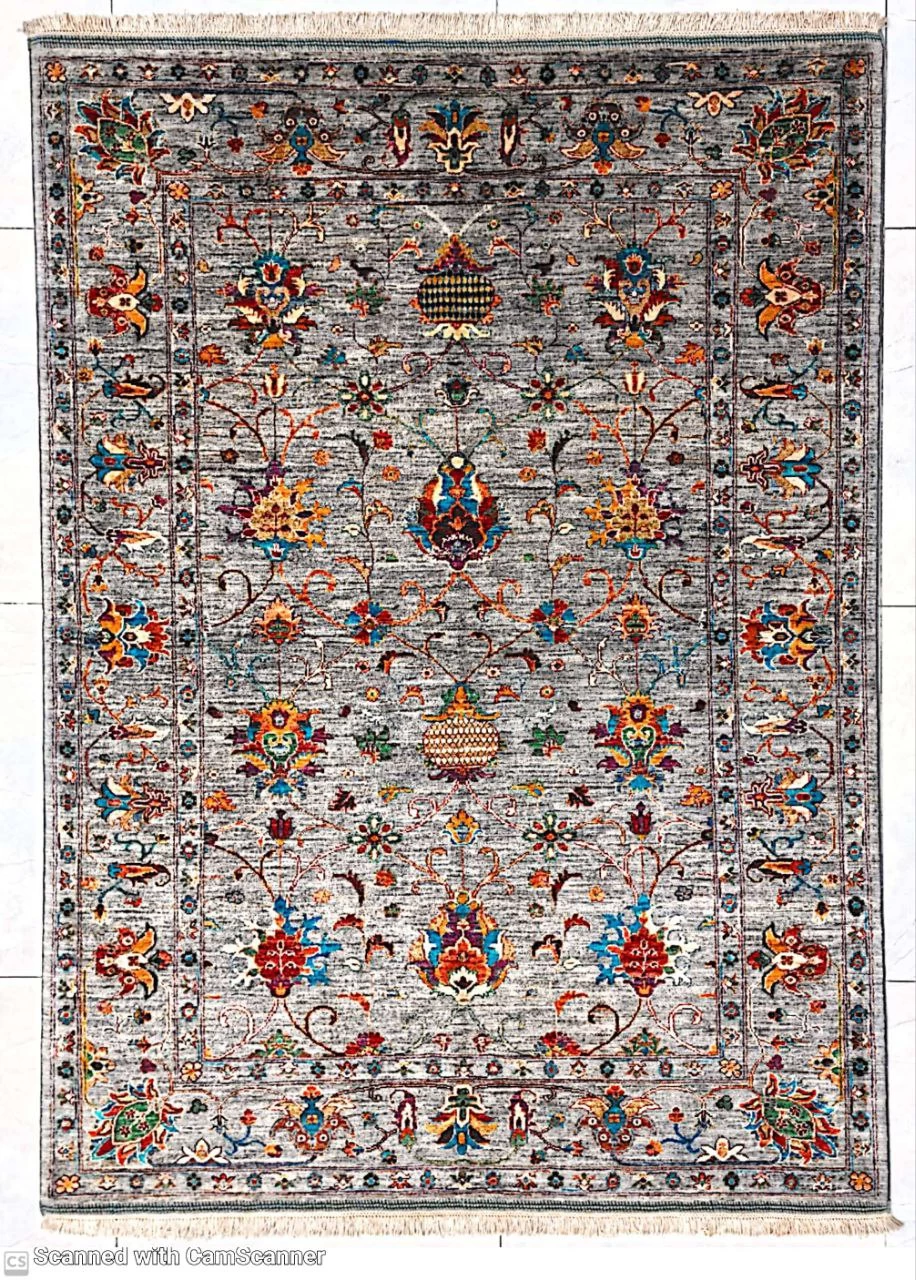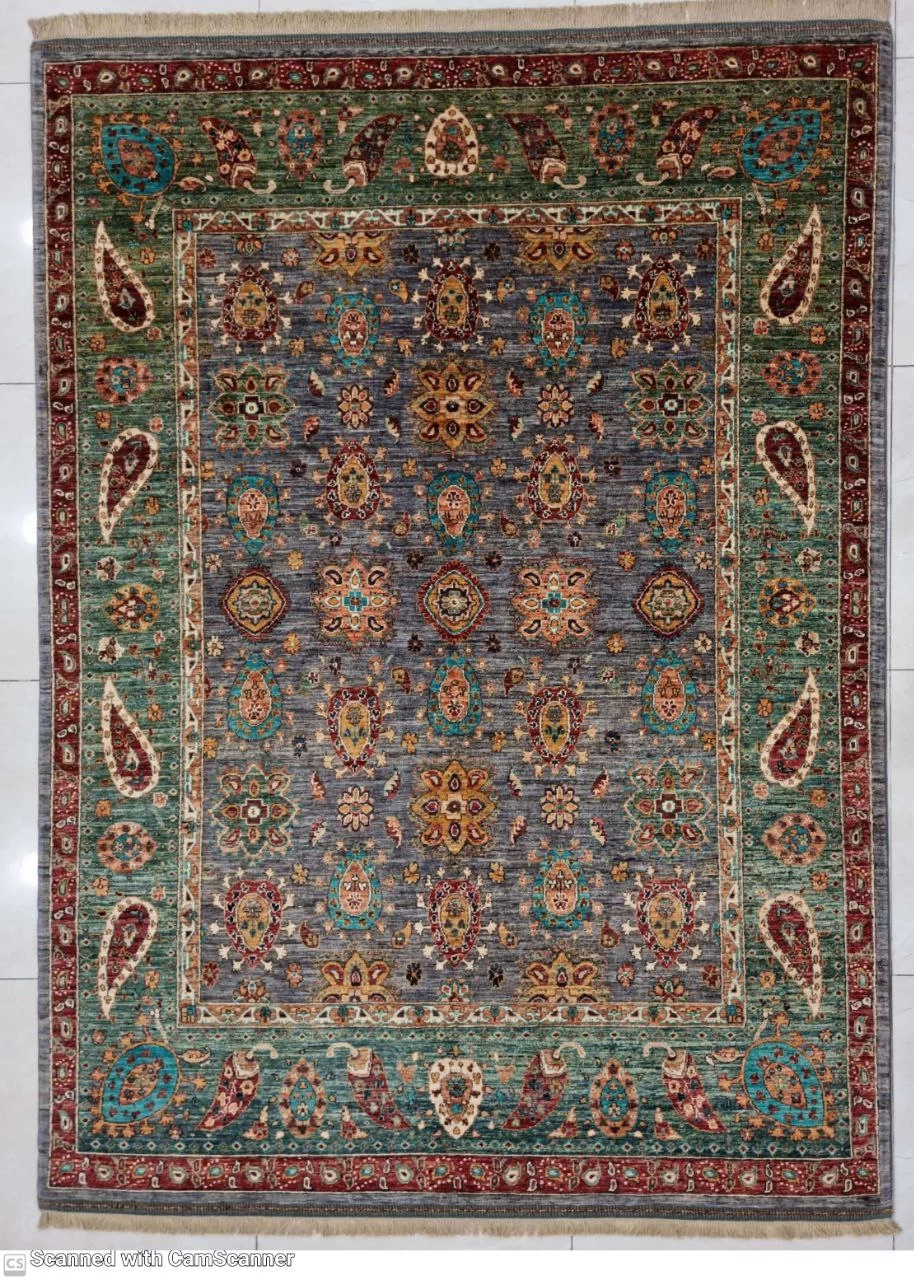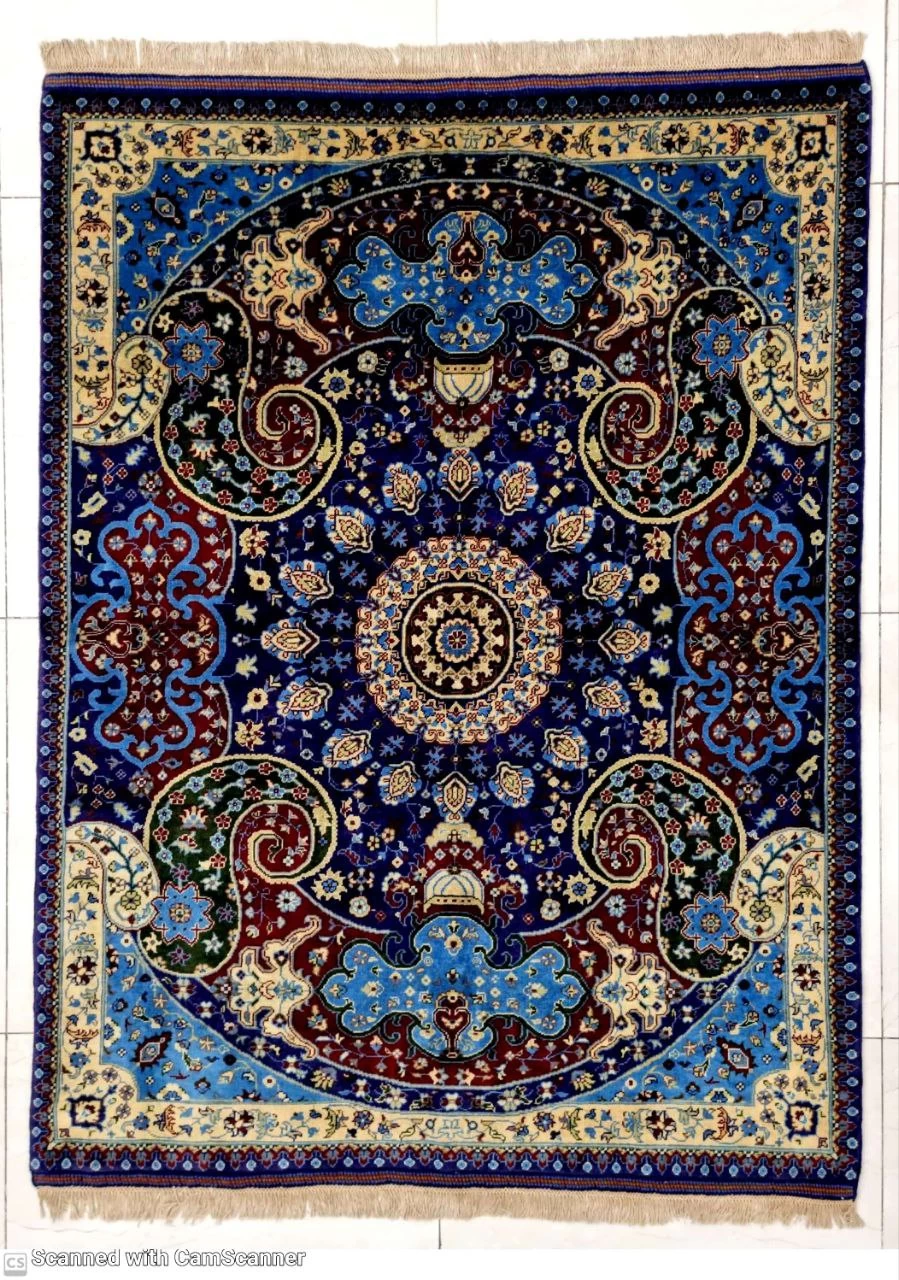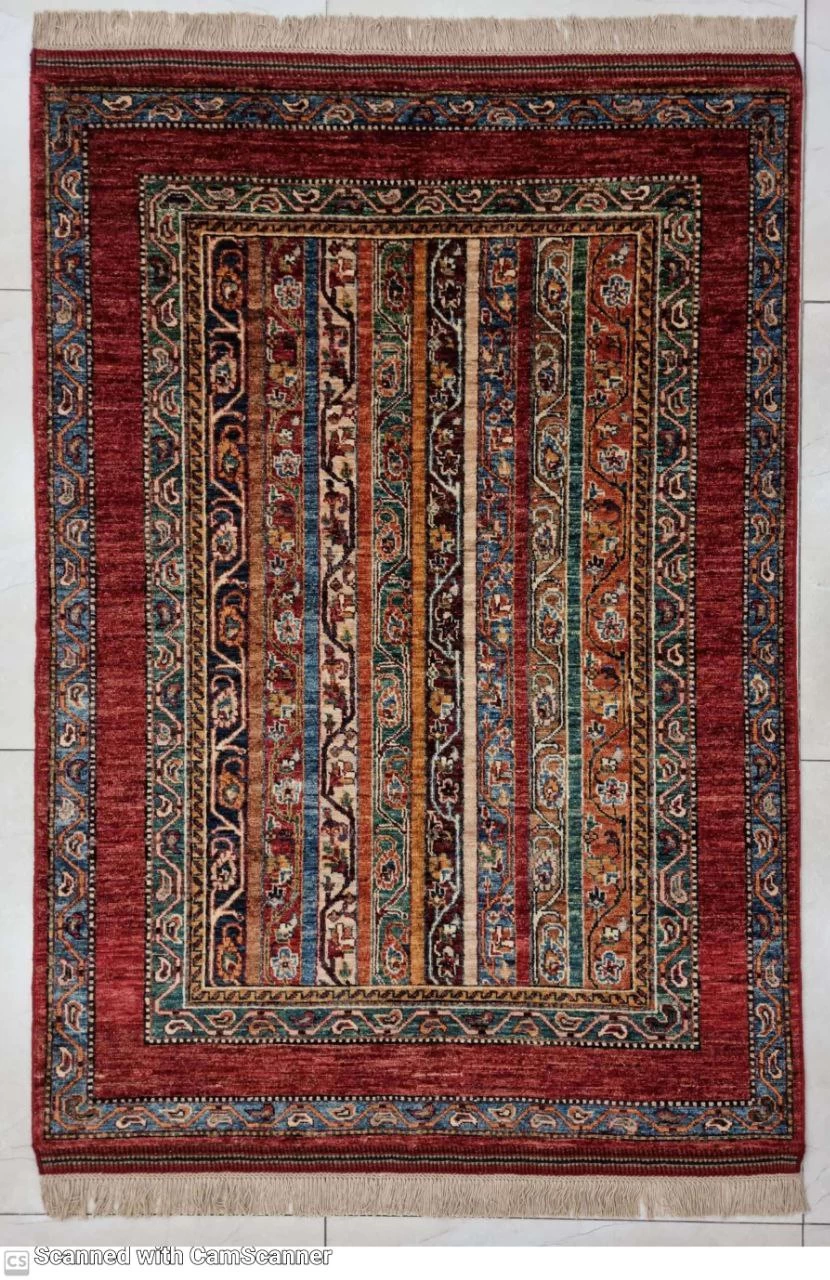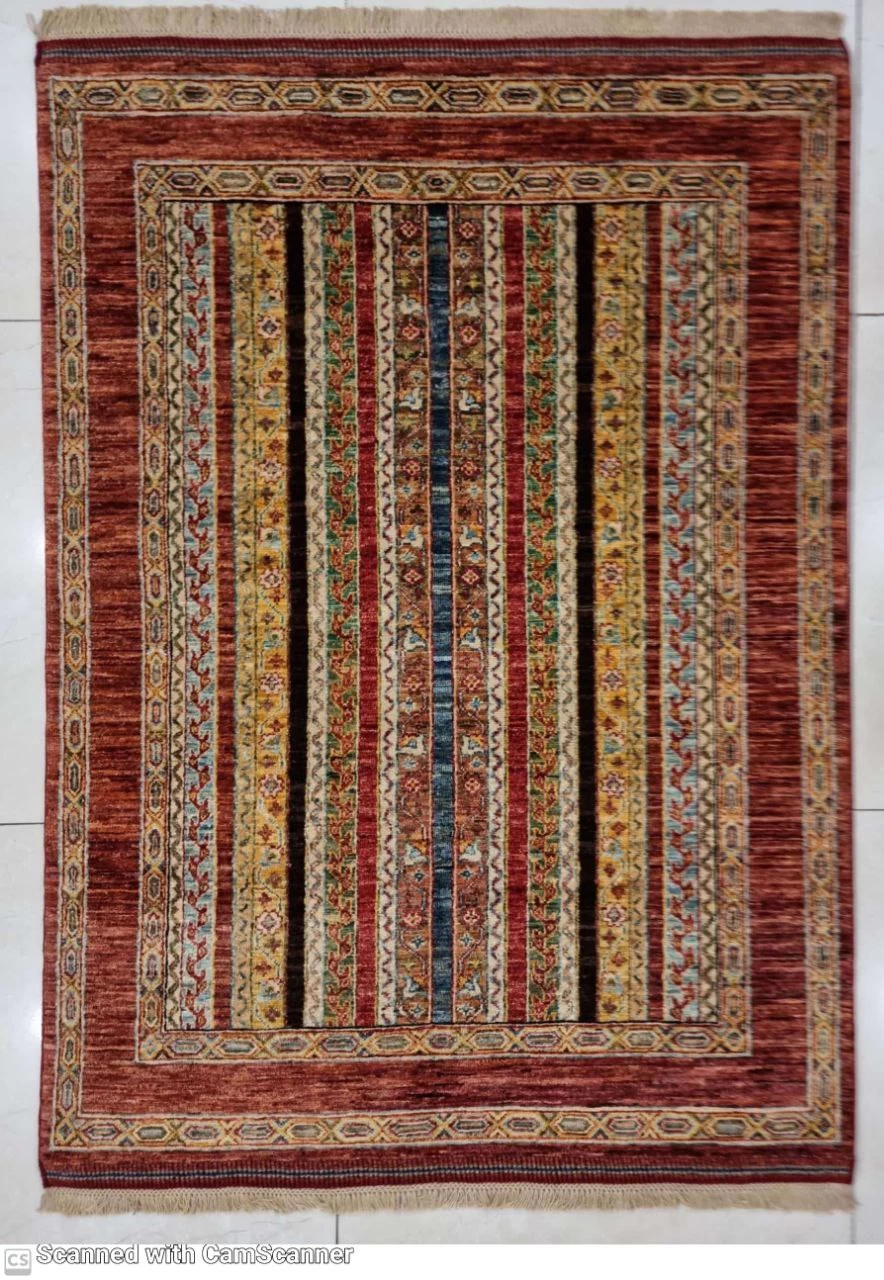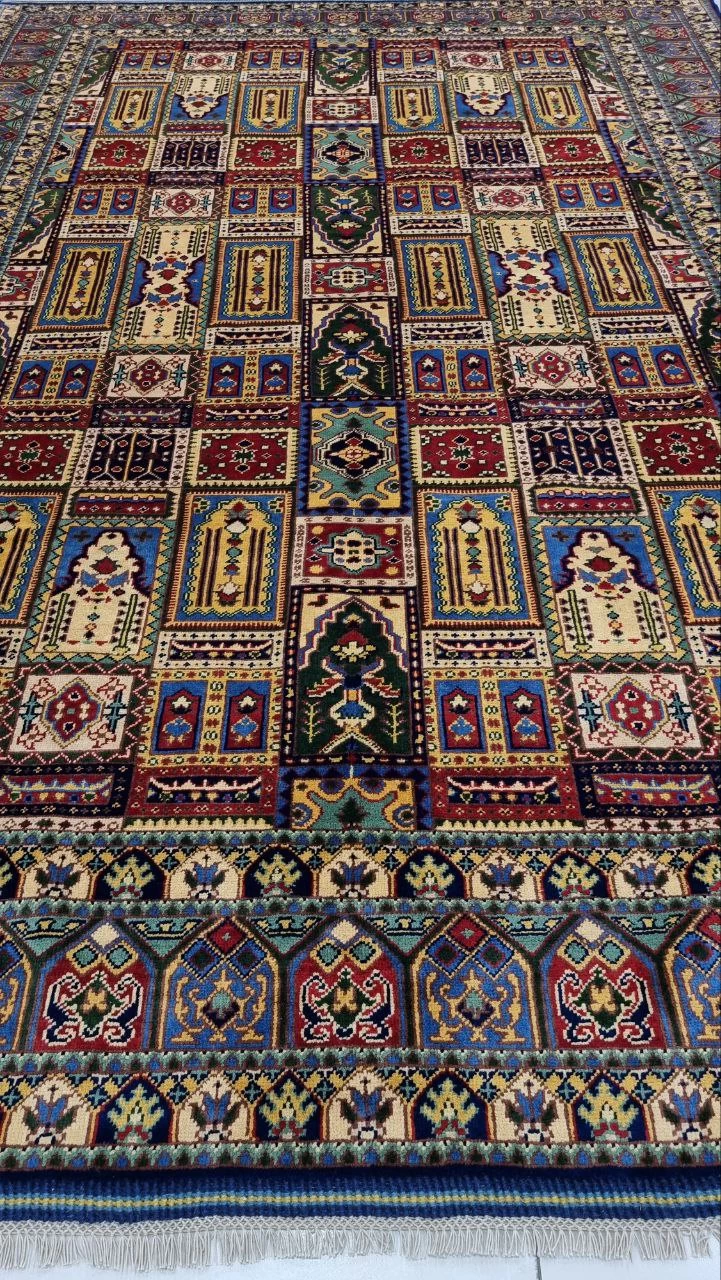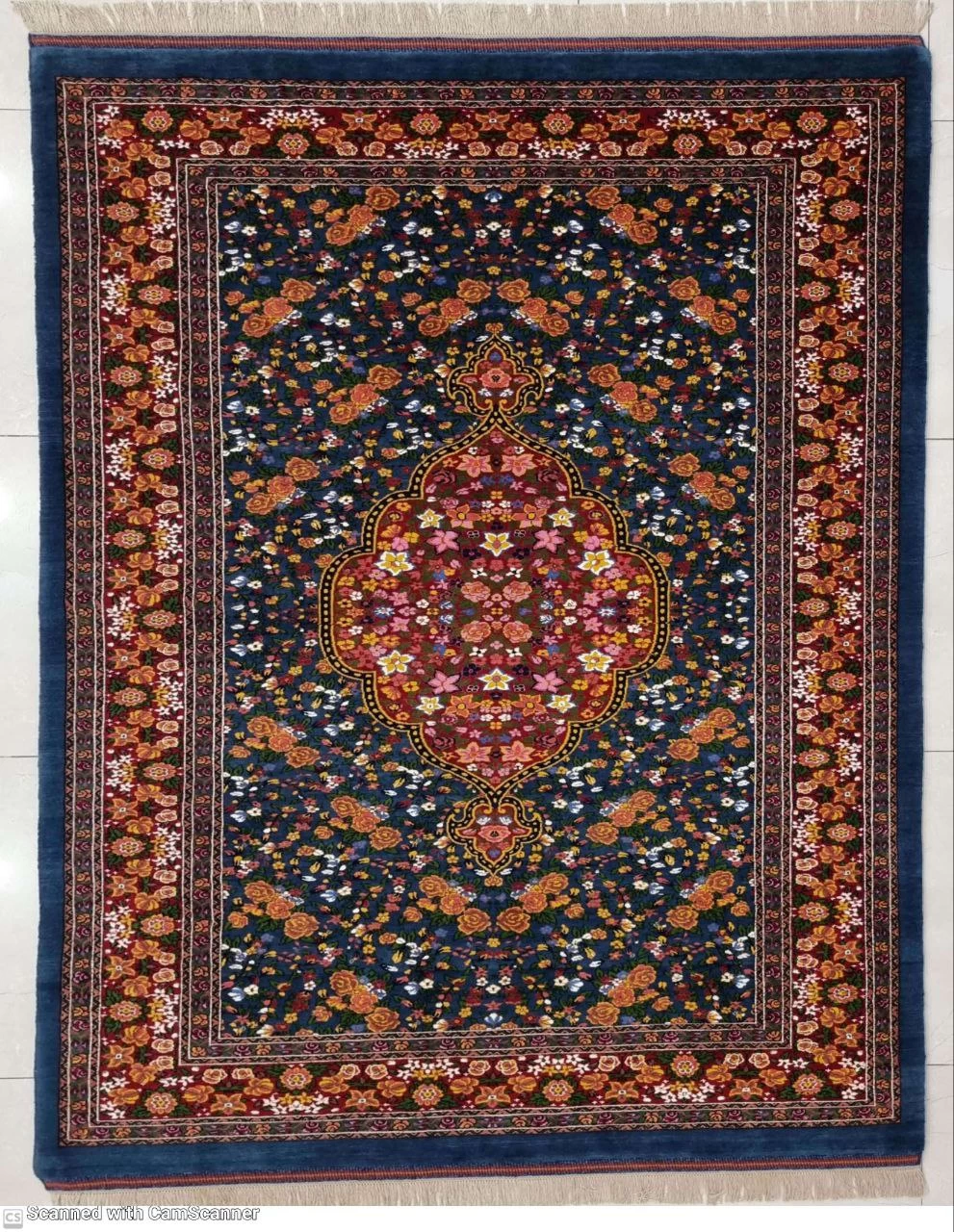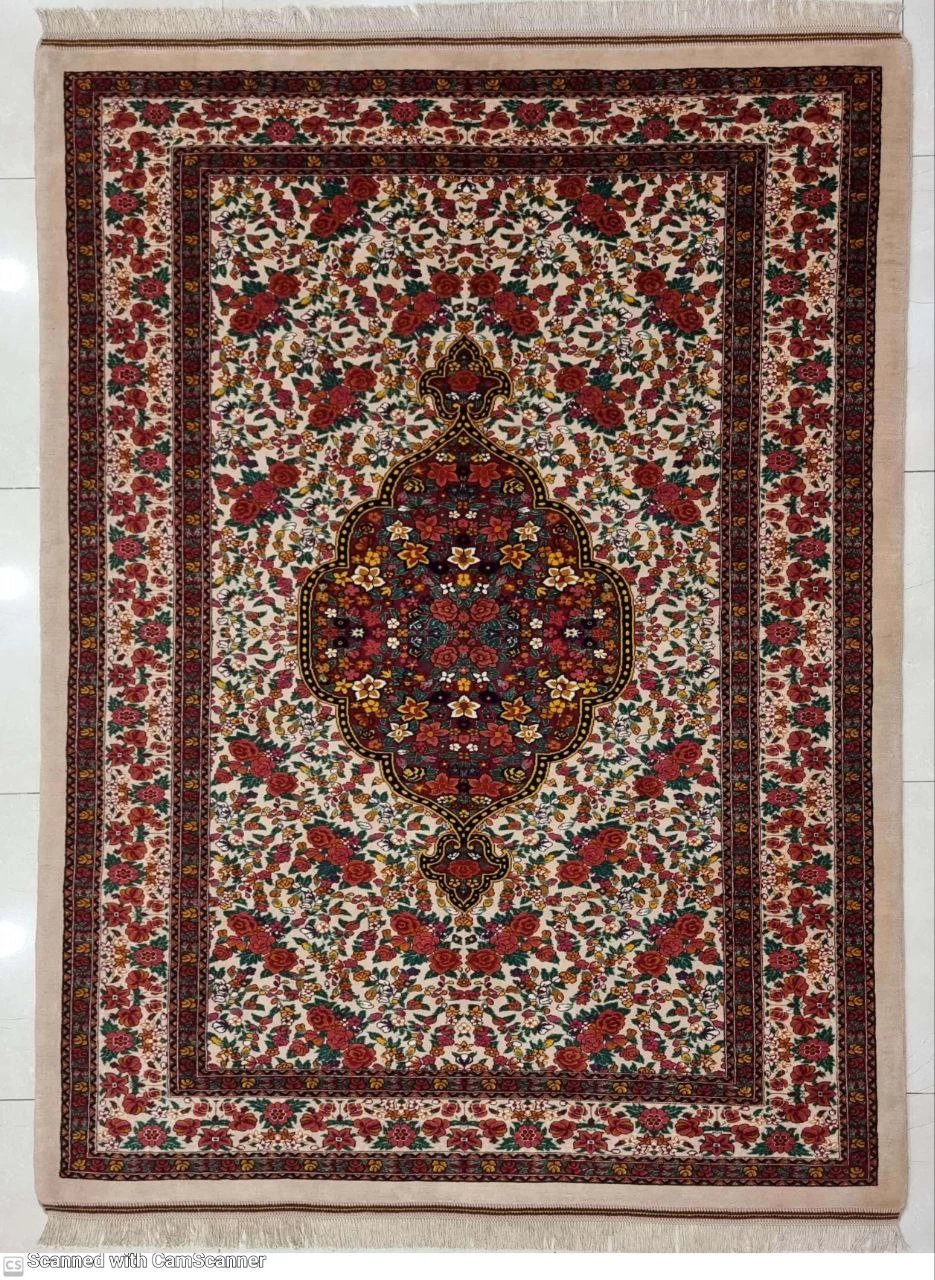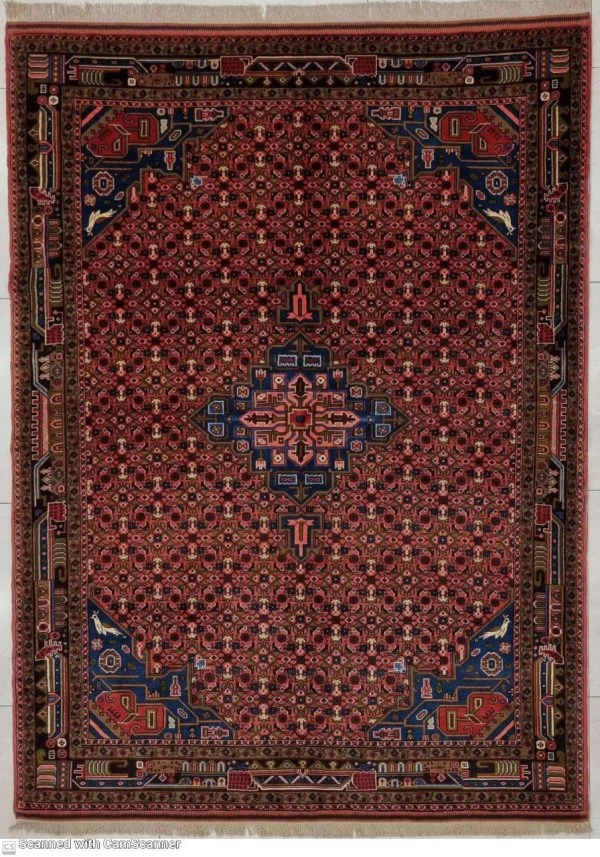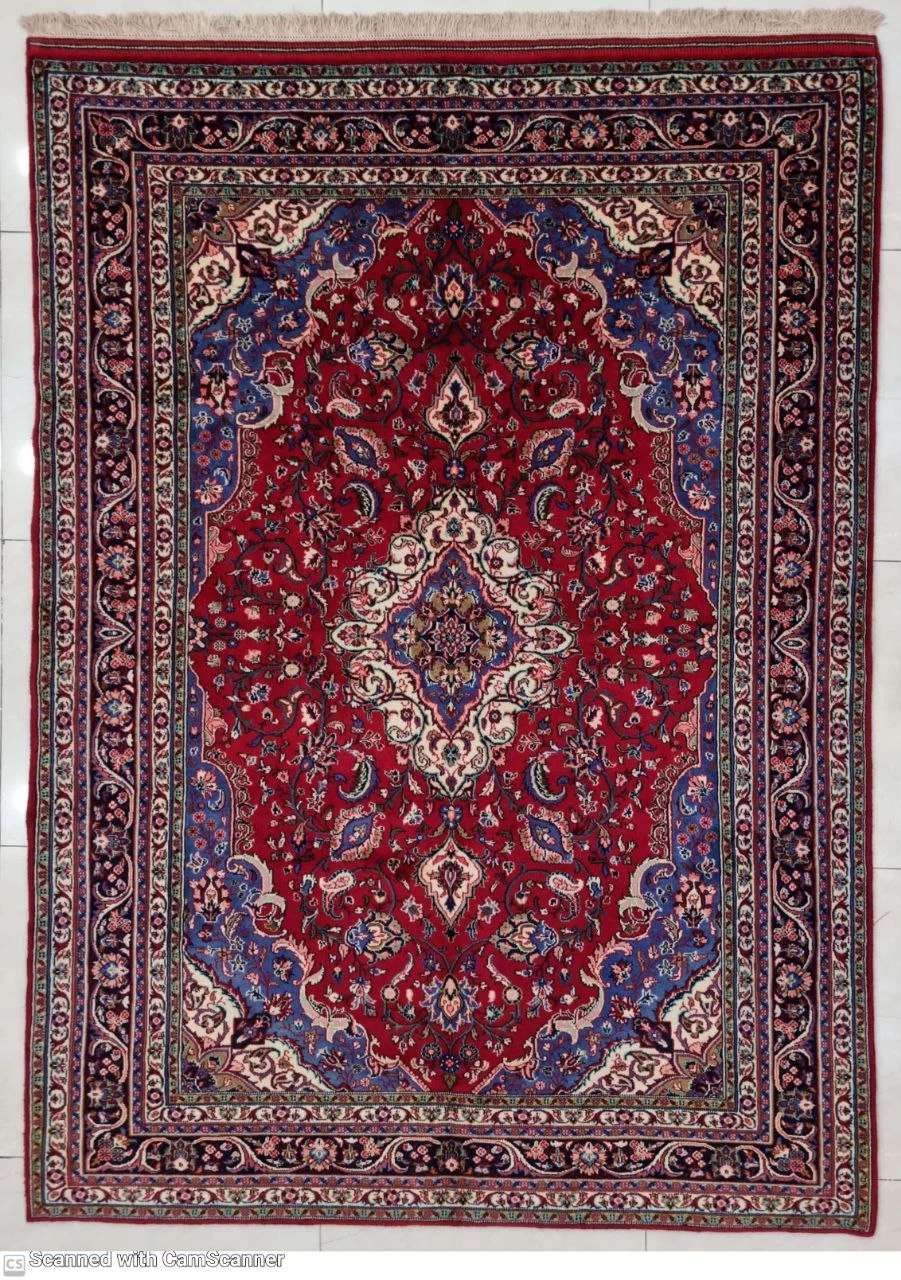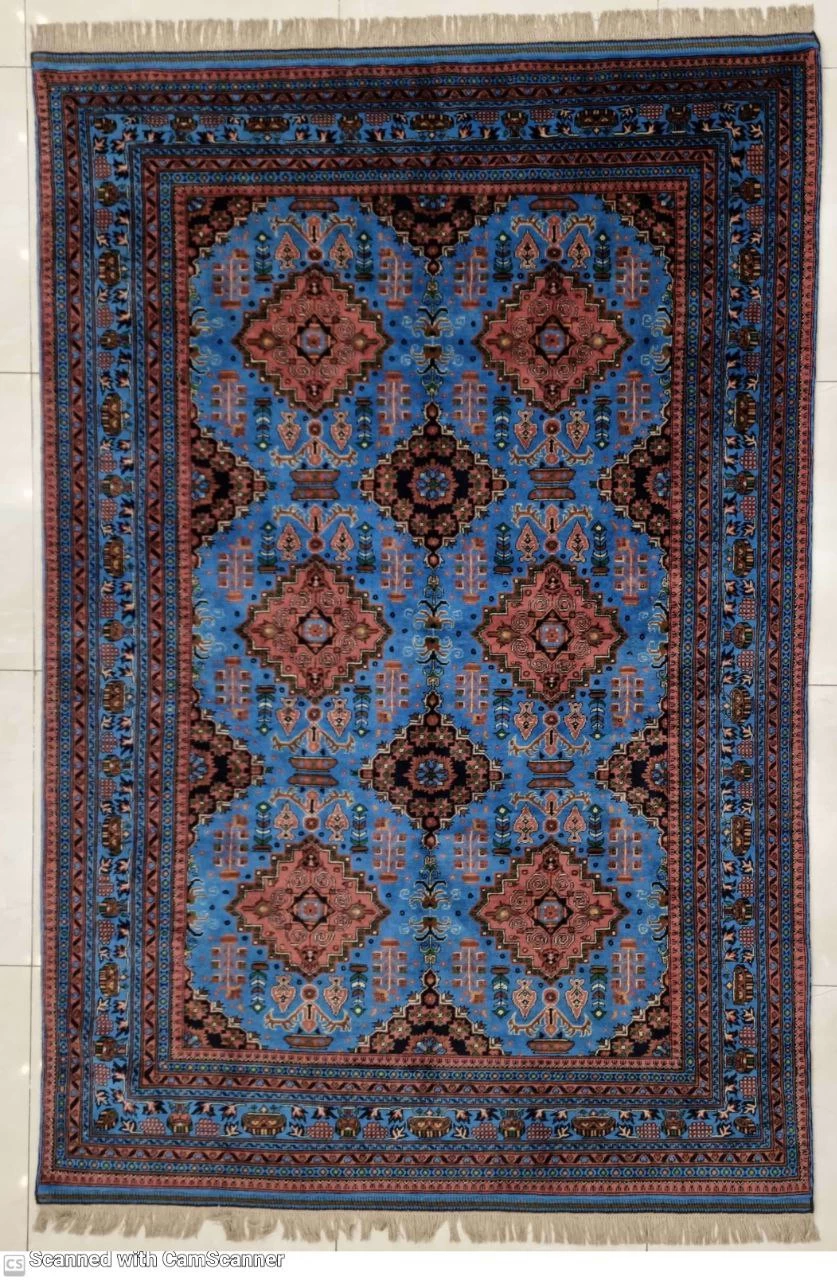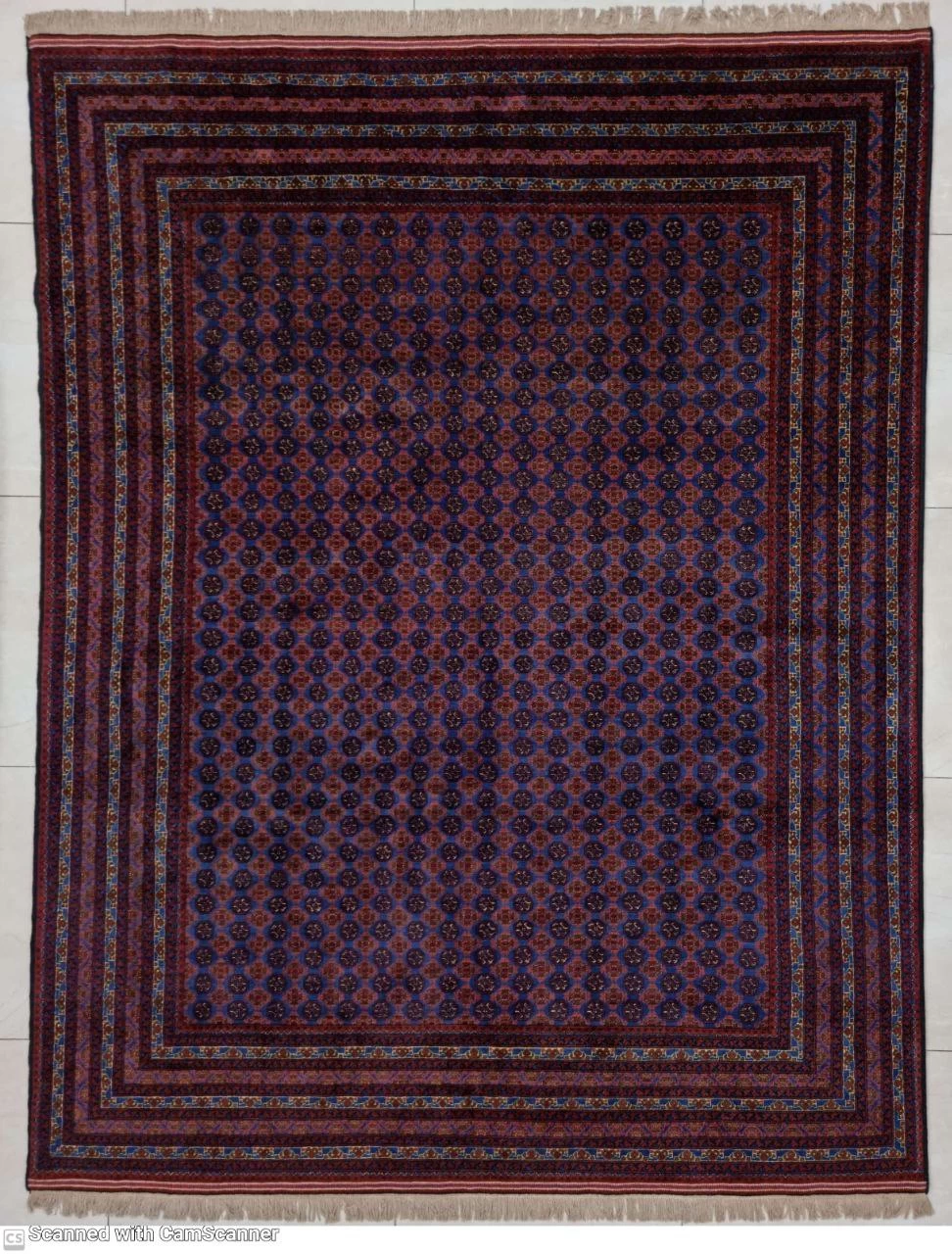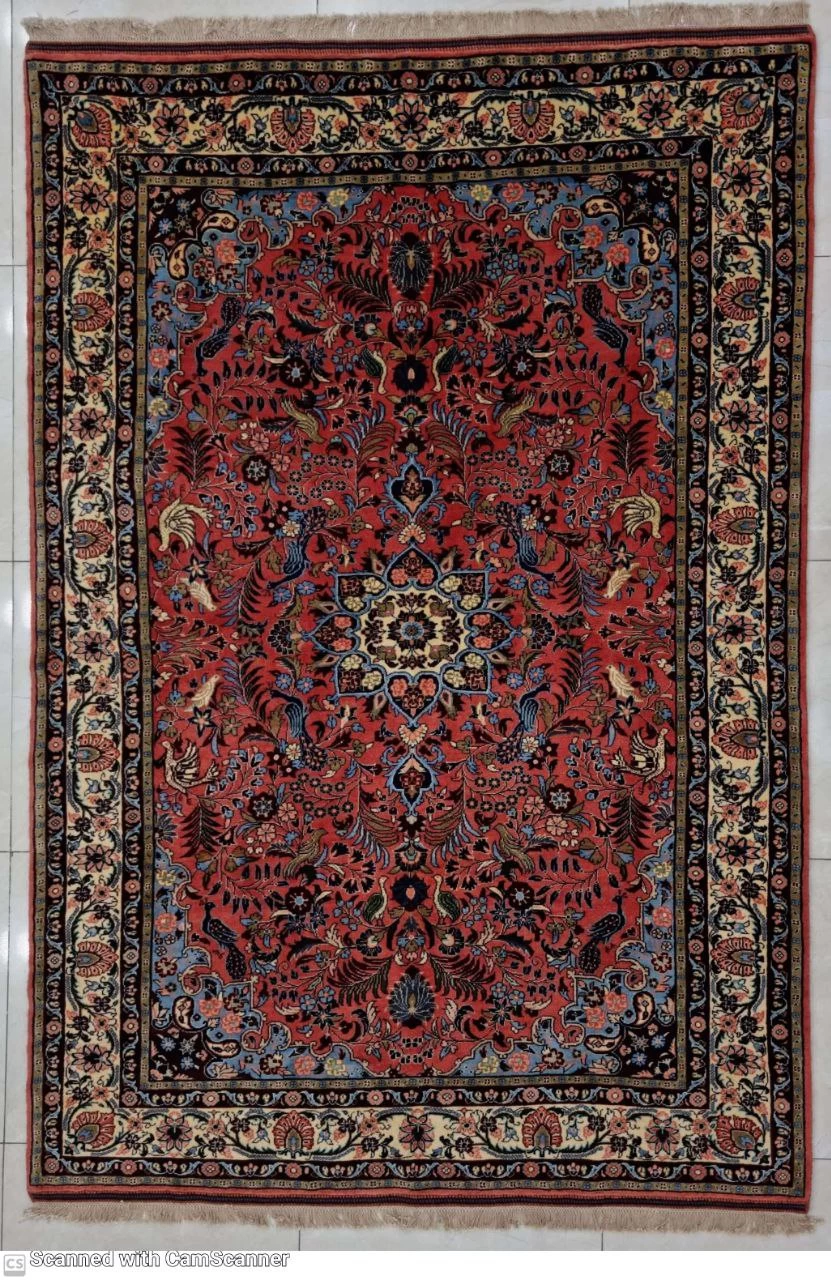Hand knotted carpet
Handmade carpets, crafted with meticulous skill and time-honored techniques, embody the artistry and cultural richness of their origins. Renowned for their exquisite beauty and durability, these carpets are more than mere floor coverings; they are woven narratives that carry the traditions of generations.
The craftsmanship behind handmade carpets involves a labor-intensive process, often beginning with the careful selection of high-quality materials such as wool or silk. Expert artisans then bring these materials to life through a variety of weaving techniques, each specific to the carpet's regional origin. From the intricate Persian knots to the geometric patterns of Moroccan Berber rugs, the diversity in styles reflects the cultural heritage embedded in these textiles.
One of the distinctive features of handmade carpets is the personal touch infused into each piece. Artisans invest time, skill, and passion into their work, resulting in unique variations even within a specific design. This individuality adds to the allure of these carpets, making each one a one-of-a-kind masterpiece.
Beyond their aesthetic appeal, handmade carpets serve as cultural artifacts, preserving traditions and stories within their fibers. Many patterns and motifs are deeply rooted in folklore, symbolism, or historical events, creating a tangible connection to the past. Owning a handmade carpet is akin to possessing a piece of art that encapsulates the heritage of a particular community.
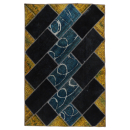
Moreover, the production of handmade carpets often supports local economies and sustains traditional craftsmanship. Communities involved in carpet weaving pass down their skills through generations, fostering a sense of identity and pride.
Handmade carpets can be paired with a variety of furniture styles to create a harmonious and visually appealing space. Here are some suggestions for furniture that complements handmade carpets:
1. Traditional Wooden Furniture: Handmade carpets often blend seamlessly with traditional wooden furniture, enhancing the classic and timeless aesthetic. Pieces with intricate carvings or antique finishes can complement the craftsmanship of the carpets.
2. Modern Minimalist Designs: Contrasting handmade carpets with sleek and modern furniture can create a striking balance. Opt for minimalist designs with clean lines and neutral colors to let the intricacy of the carpet stand out.
3. Bohemian or Eclectic Styles: Embrace a more eclectic look by pairing handmade carpets with furniture that has a bohemian or global influence. Mixing and matching furniture pieces from different cultures can add a vibrant and eclectic touch to the room.
4. Leather Furniture: The warmth and texture of handmade carpets can be complemented by leather furniture. Whether it's a leather sofa or chairs, the combination can create a cozy and inviting atmosphere.
5. Mid-Century Modern Pieces: Handmade carpets can also work well with mid-century modern furniture. The clean lines and simple forms of mid-century designs can provide a sleek backdrop for the intricate patterns of the carpets.
Remember to consider the color palette, patterns, and overall style cohesion when selecting furniture to complement handmade carpets. The goal is to create a balanced and aesthetically pleasing environment where both the carpets and furniture enhance each other's beauty.

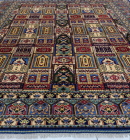
Handmade carpets play a significant role in the global export market, contributing both economically and culturally to the countries that produce them. Here are key aspects of their role in exporting:
1. Economic Impact: Handmade carpet production is a vital industry in many countries, providing employment opportunities for skilled artisans and supporting local economies. The export of handmade carpets contributes to foreign exchange earnings, helping countries strengthen their economic base.
2. Cultural Representation: Handmade carpets often showcase the cultural heritage and artistic traditions of the regions where they are produced. The export of these carpets serves as a means of cultural representation on the international stage, allowing countries to share and celebrate their unique artistic expressions.
3. Global Demand: Handmade carpets are sought after worldwide for their quality, craftsmanship, and cultural significance. The global demand for these unique textiles creates export opportunities for producing countries, fostering trade relationships and market diversification.
4. Artisan Empowerment: The export of handmade carpets helps sustain traditional craftsmanship by providing a market for skilled artisans. This not only preserves cultural heritage but also empowers local communities by creating sustainable livelihoods.
5. Diversity in Design: Handmade carpets come in a wide range of designs, patterns, and colors, catering to diverse international tastes. This diversity contributes to their popularity in the global market, allowing for a broad customer base and expanding export opportunities.
6. Luxury Market Presence: Handmade carpets often occupy a niche in the luxury goods market. Their artisanal quality, attention to detail, and cultural richness make them desirable for consumers seeking unique and high-quality furnishings. This positioning in the luxury segment can positively impact export revenue.
7. Trade and Diplomacy: The export of handmade carpets can serve as a soft diplomatic tool, fostering positive relationships between countries. Cultural exchanges through trade can strengthen international ties and promote mutual understanding.
In summary, the export of handmade carpets goes beyond economic transactions; it encapsulates cultural exchange, artisan empowerment, and the global appreciation of traditional craftsmanship. These carpets contribute to the richness of the global marketplace, representing not just commodities but the artistic narratives and cultural identities of the regions that produce them.
High-quality handmade carpets exhibit several characteristics that distinguish them from mass-produced counterparts. Here are key features to look for when assessing the quality of a handcrafted carpet:
1. Material Quality: The finest handmade carpets are often crafted from high-quality materials such as wool, silk, or a blend of these fibers. The choice of material influences the carpet's texture, durability, and overall appearance.
2. Craftsmanship: Skilled artisans contribute to the quality of a handmade carpet. The precision of weaving, attention to detail, and expertise in traditional techniques all reflect the level of craftsmanship. Hand-knotted carpets, in particular, are known for their intricate workmanship.
3. Knot Density: A higher knot density generally indicates a finer quality carpet. Knot density refers to the number of knots per square inch, and more knots often result in a denser, more durable, and detailed carpet.
4. Design and Pattern Clarity: The clarity of design and patterns is crucial. In high-quality carpets, designs are well-defined, and intricate patterns are executed with precision. The symmetry and balance of the motifs contribute to the overall aesthetic appeal.
5. Color Fastness: Colors in high-quality handmade carpets are often derived from natural dyes, providing a rich and nuanced color palette. Additionally, these carpets should exhibit good color fastness, resisting fading over time.
6.Texture and Pile Height: The texture and pile height contribute to the tactile experience of a carpet. A high-quality carpet will have a plush and luxurious feel underfoot, with a consistent and well-maintained pile height.
7. Durability: Handmade carpets are known for their durability when crafted with quality materials and workmanship. They can withstand regular foot traffic and maintain their beauty over many years.
8. Unique Characteristics: Each handmade carpet is unique, and slight irregularities may be present. These variations, often seen in handmade items, add to the charm and authenticity of the carpet.
9. Origin and Cultural Significance: Carpets from specific regions often carry cultural significance and unique design elements. Understanding the origin and cultural context adds value to the carpet and can be a factor in determining its quality.


Handmade carpets can be paired with a variety of furniture styles to create a harmonious and visually appealing space. Here are some suggestions for furniture that complements handmade carpets:
Remember to consider the color palette, patterns, and overall style cohesion when selecting furniture to complement handmade carpets. The goal is to create a balanced and aesthetically pleasing environment where both the carpets and furniture enhance each other's beauty.



FAQs
How long do hand knotted rugs last?
Hand-knotted rugs can last for several decades with proper care.
How we can recognize handmade carpets?
Look for irregularities, intricate details, and variations in design; handmade carpets often lack perfect symmetry, unlike machine-made counterparts.
What's the difference between handmade and other types of carpets?
Handmade carpets involve artisanal craftsmanship, individuality, and often higher quality materials, distinguishing them from machine-made and tufted carpets that lack the same level of uniqueness and craftsmanship.
What are the benefits of hand-made carpets?
Superior craftsmanship, unique designs, cultural richness, durability, and the support of artisan communities make handmade carpets stand out, offering both aesthetic and ethical advantages.
 +7929688-88-14
+7929688-88-14

 English
English
 Persian
Persian
 Russian
Russian
 Chinese
Chinese


 +7929688-88-14
+7929688-88-14

